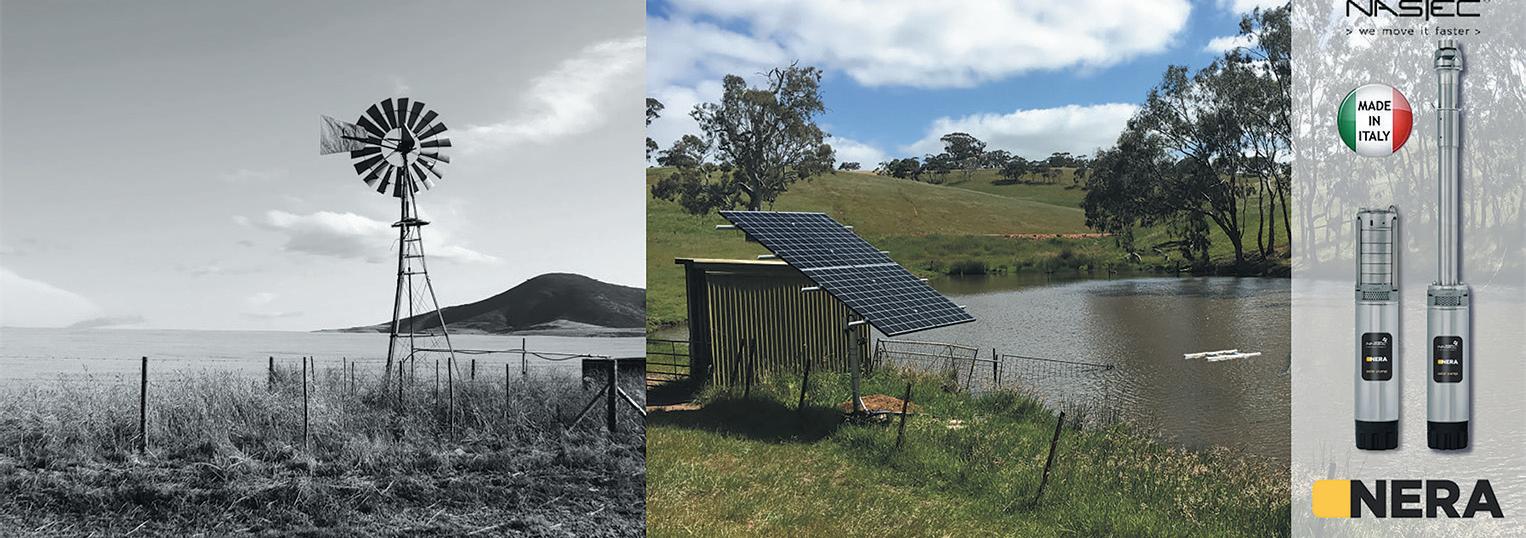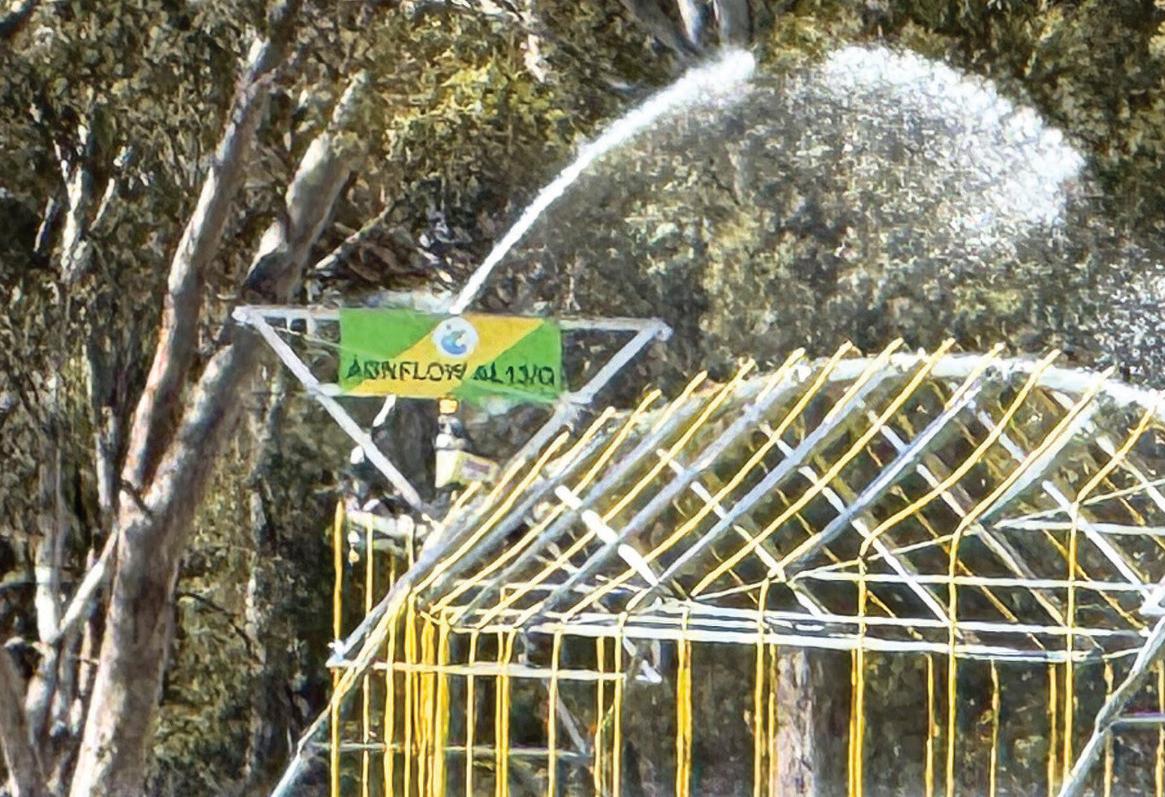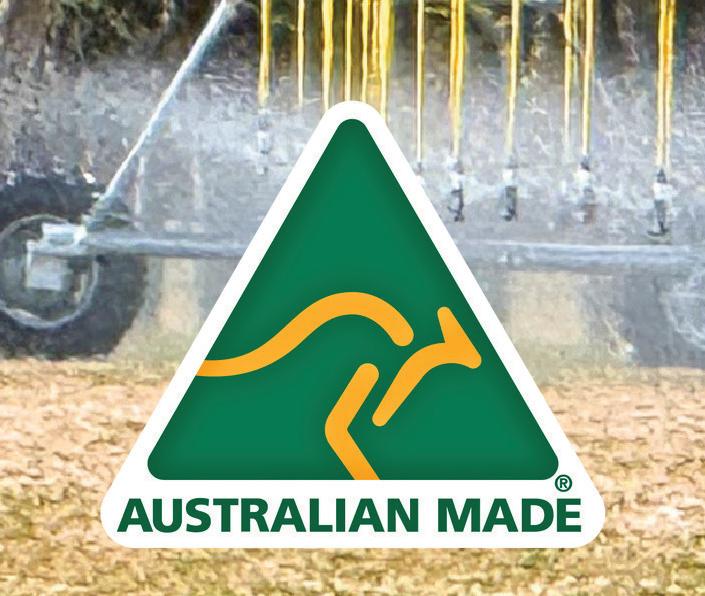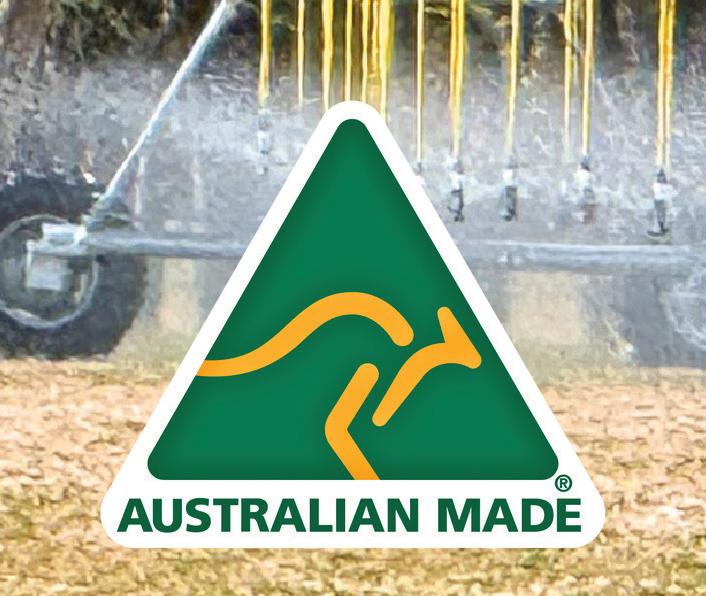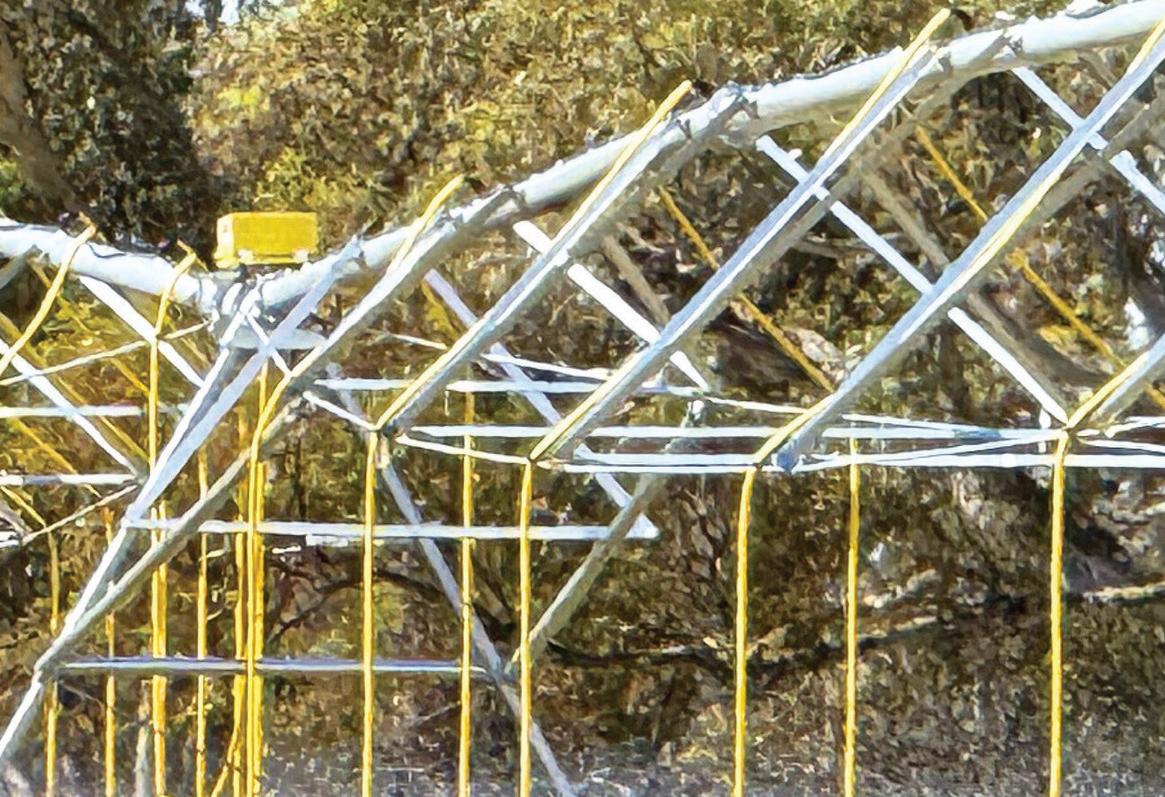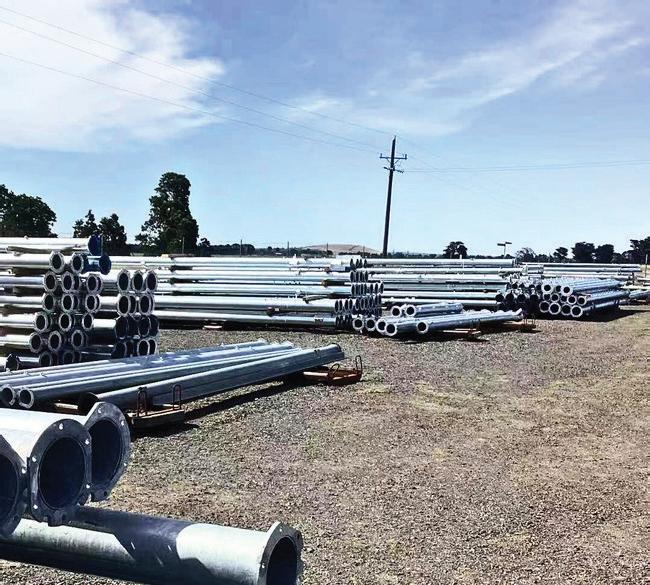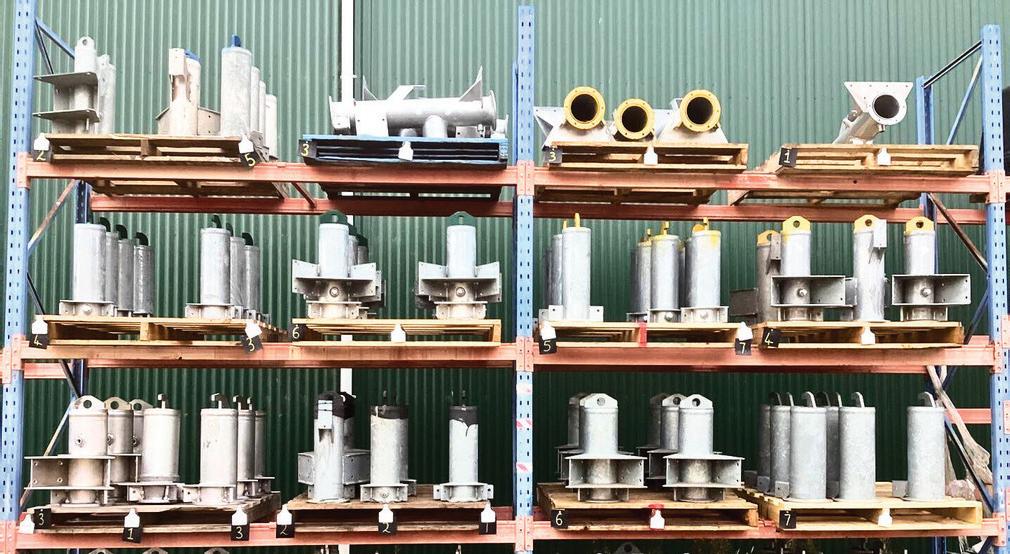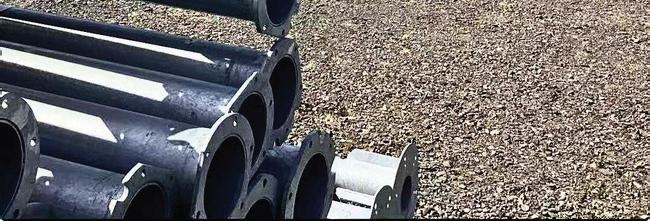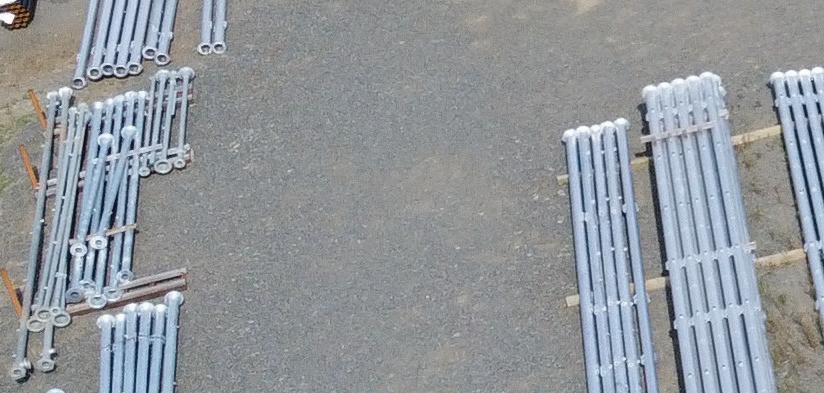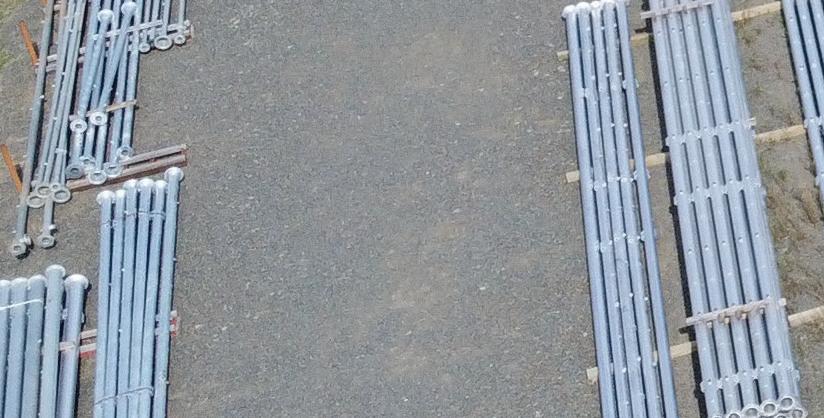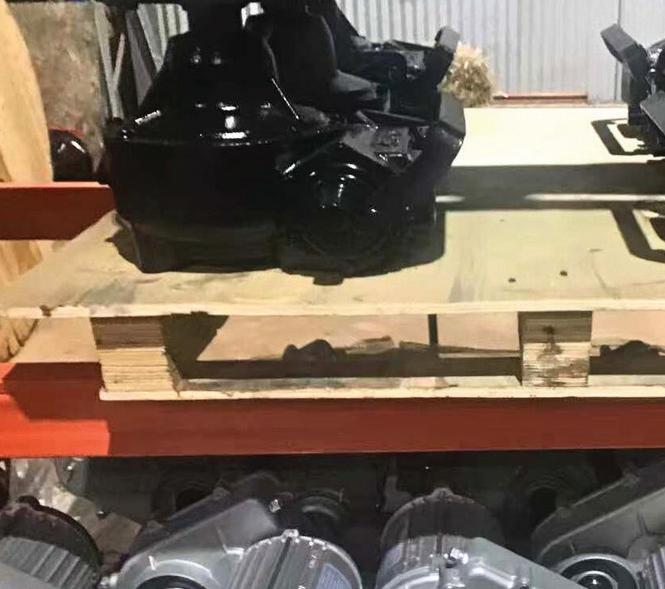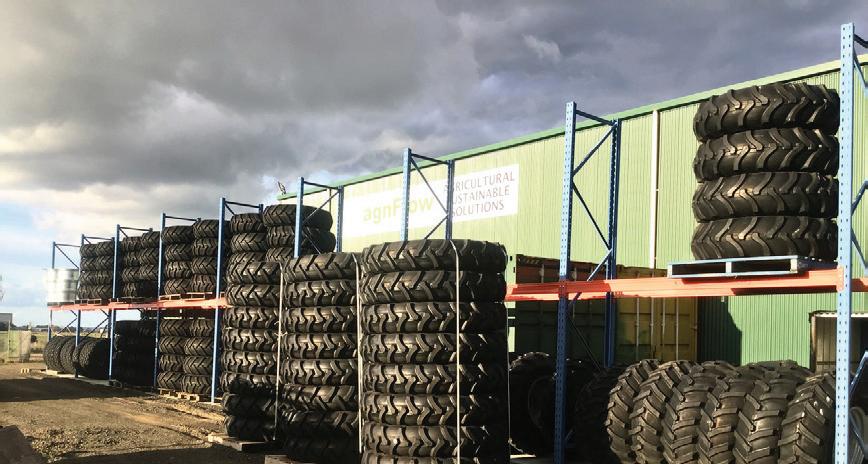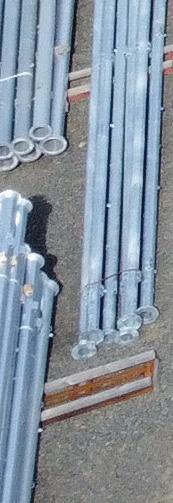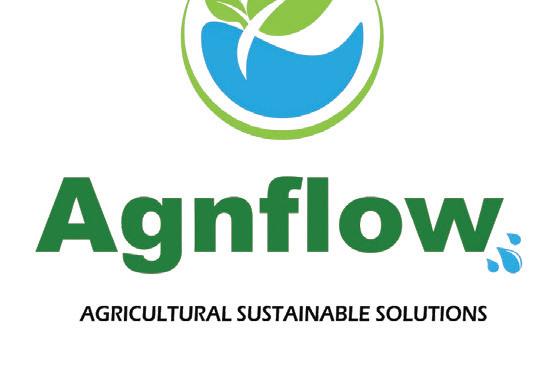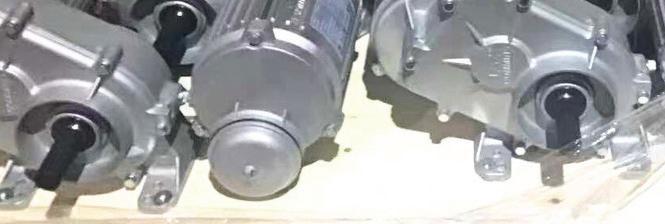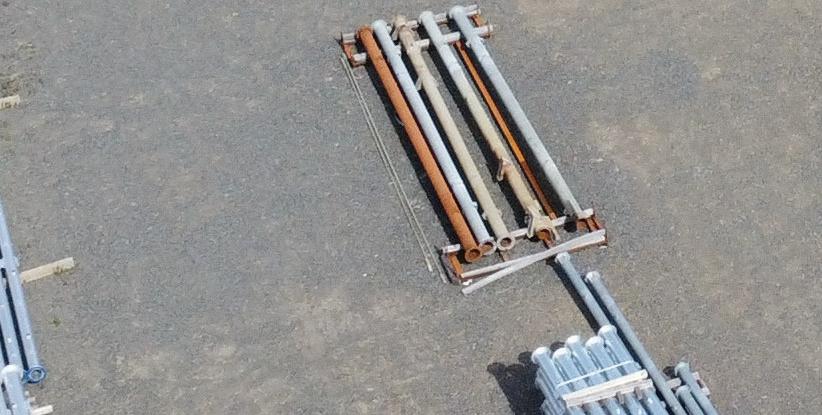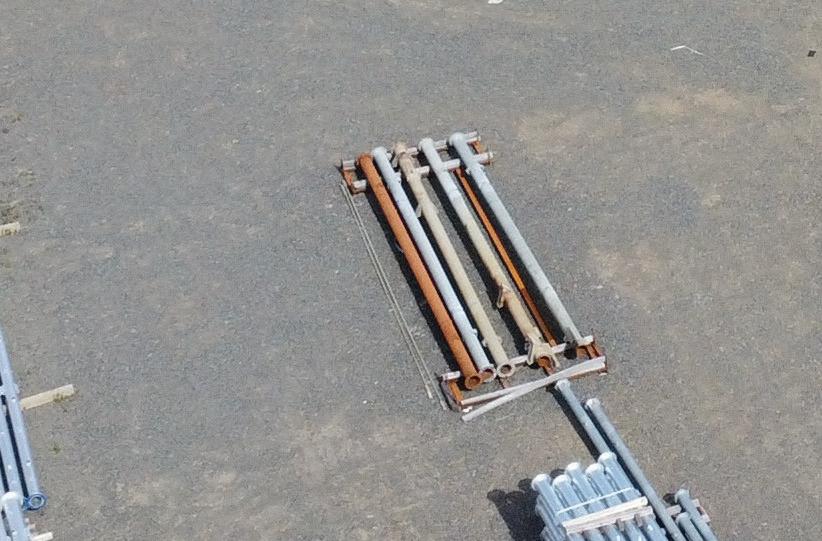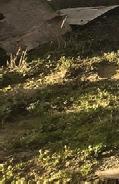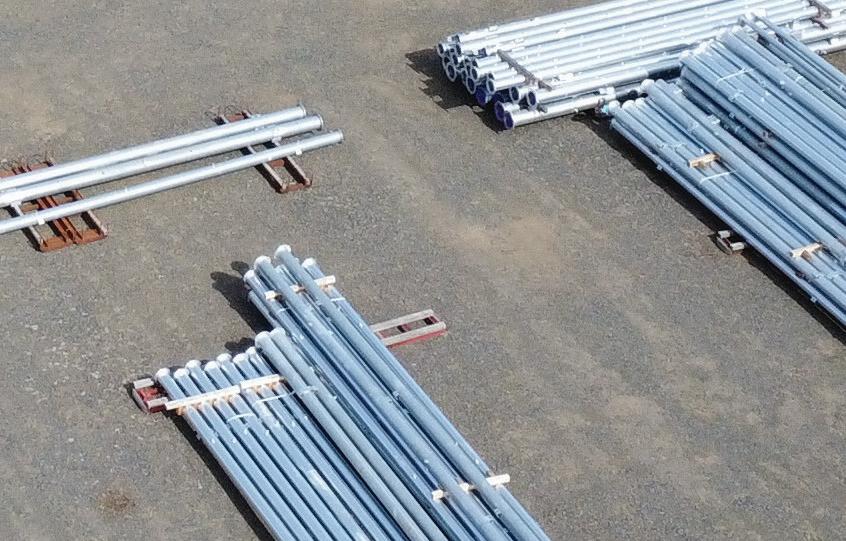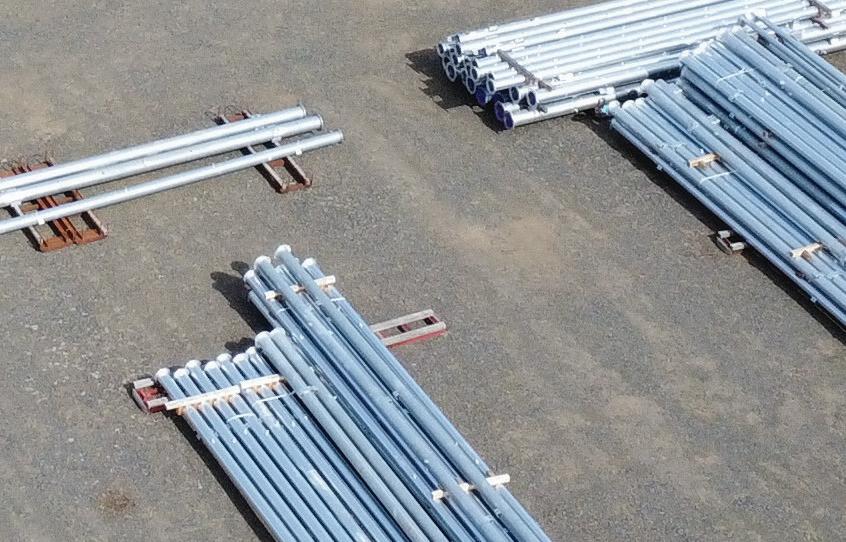


NO DECLARATIONS, BUT STILL IN DROUGHT PAGE 5



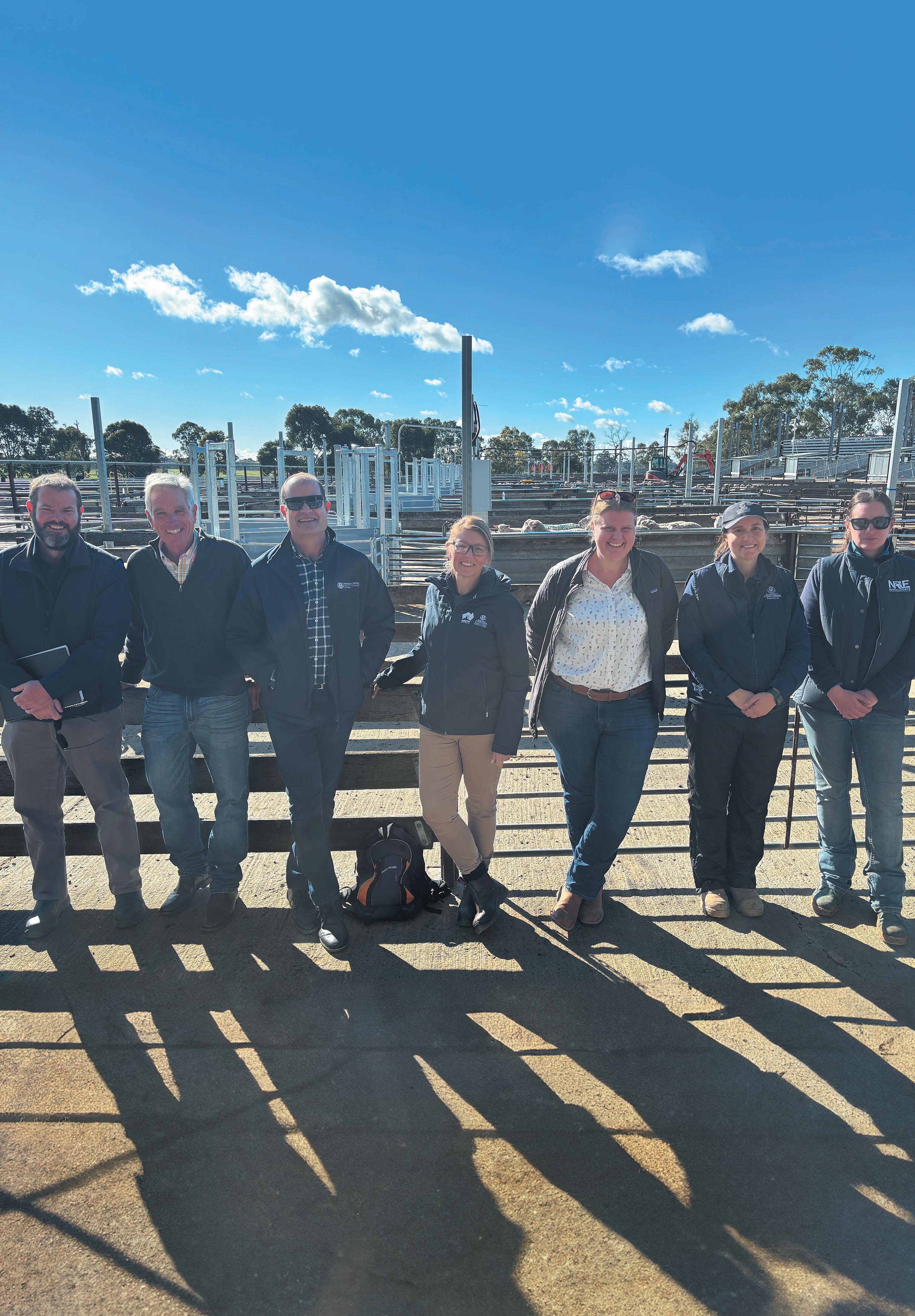


SALEYARDS GO LIVE WITH SCANNING PAGE 6 FLOORBOARDS, HONEY AND KOALAS PAGE 8





NO DECLARATIONS, BUT STILL IN DROUGHT PAGE 5






SALEYARDS GO LIVE WITH SCANNING PAGE 6 FLOORBOARDS, HONEY AND KOALAS PAGE 8

STATE dairy farmer organisations (SDFOs) from around Australia have reaffirmed their commitment to national industry body representative Australian Dairy Farmers (ADF).
Organisations from each state, including South Australian Dairyfarmers Association and United Dairyfarmers of Victoria, met last month to discuss the future of national dairy representation and the significant issues facing the dairy industry.
ADF chief executive officer Stephen Sheridan said SDFO leaders from across the six dairy producing states met in Melbourne in conjunction with the ADF Board on Thursday 19th June.
The state representatives unanimously agreed to support changes to the ADF constitution to strengthen the organisation and ensure their ongoing support for ADF as single national representative body.
All the SDFOs, in collaboration with ADF, are working on a range of issues from floods in northern NSW to drought in southern states, along with increasing input costs, low opening prices, cheap overseas imports, flat retail pricing and global trade uncertainty.
“Our discussions reached a consensus agreement that we need a strong peak body to act as the single representative voice for dairy farmers,” NSW Farmers Dairy Committee Chair Malcolm Holm said. “Dairy has to run its own race representing dairy farmers,” Mr Sheridan said.
South Australian Dairyfarmers’ Association (SADA) President Robert Brokenshire said it was pleasing to reach a consensus position re-
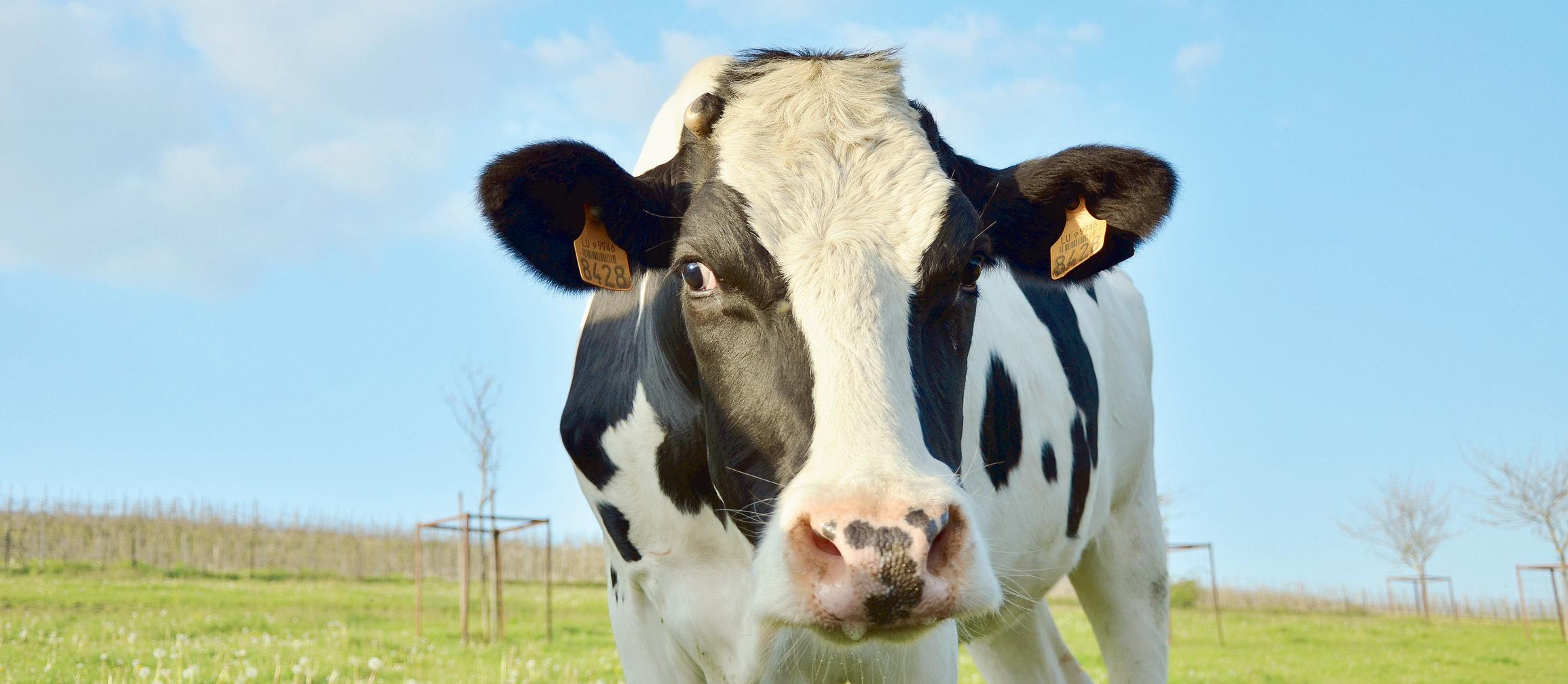
garding a future ADF structure.
“We will continue to work together with an aim to fine-tune ADF’s structure and constitution over the coming months,” he said.
“We need to look to the future and what is in the interests of all dairy farmers.”
United Dairyfarmers of Victoria President Bernie Free said it was reassuring that all the states are committed to a united dairy farmers advocacy organisation.
“This was a key platform for myself when I
ran for election.” he said.
“We need to get on with the business of dealing with the very real issues affecting our dairy farmers today and into the future.”
ADF President Ben Bennett said discussion centred on how to respond to the pressing issues facing farmers, and the critical importance of unity and collective representation to ensure the dairy industry remains resilient and influential at a national level.
“At a time when ag advocacy is under threat,
it was great to see ADF’s state members reaffirm their desire for a single, strong national dairy farmer voice,” Mr Bennett said.
“We all recognise that unity is essential to effectively represent and advocate for the industry and to tackle the very big issues affecting farmers’ livelihoods.”
Mr Bennett said ADF would work with its state member organisations to ensure it evolves with the needs of our dairy farmers front of mind to achieve the most effective, sustainable, and representative ADF possible.
Dartmoor, Casterton and Heywood.
Forest Fire Management Victoria (FFMVic) is employing 500 seasonal firefighters prior to the summer bushfire season.
FFMVic Chief Fire Officer Chris Hardman said seasonal firefighters boost Victoria’s firefighting capacity in the lead-up to summer and during the peak fire season.
“New recruits will train and work alongside our permanent firefighting staff, responding to bushfires rapidly to keep communities safe this summer,” he said.
“They will be part of a team of close to 1800 frontline personnel and 1200 accredited incident management staff this bushfire season.”
Forest Fire Management Victoria firefighters responded to more than 1265 bushfires
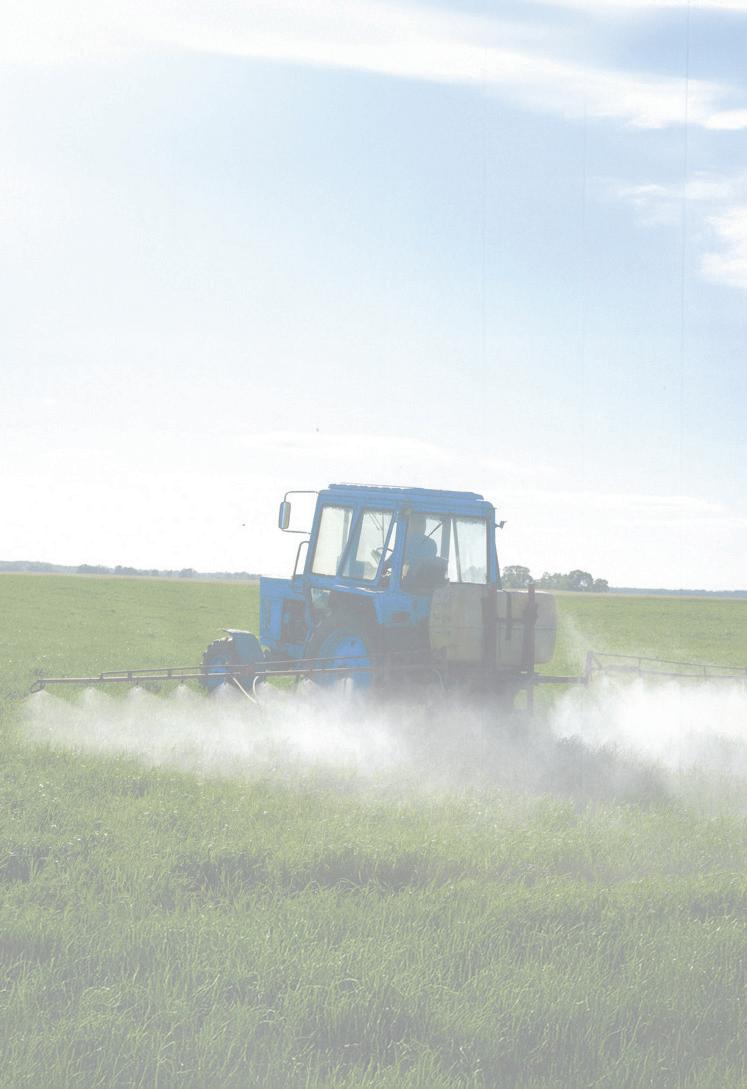

across the state last year and delivered priority planned burns which will help reduce the impact of bushfires this summer.

“Emergency response deployments can occur anywhere across the state, providing opportunities to travel and work in different locations,” Mr Hardman said.
“In previous seasons, some recruits have also been deployed to support firefighting efforts across Australia and internationally.”
Barwon South West Region Deputy Chief Fire Officer Scott Turner said seasonal firefighter roles provide rewarding career opportunities for those with a passion for the outdoors, learning new skills and making a difference.
“In addition to responding to bushfires and helping to deliver planned burns, new recruits will also undertake pest and weed control works, and maintain recreational reserves, strategic fire breaks and forest roads,” he said.
“They can also be called on to support
other emergencies such as major floods, storms and biosecurity incidents.
“Many of the firefighters deployed to the current Canadian bushfires started their careers as seasonal firefighters.”
Applications are now open for seasonal firefighter roles across eight locations in the Barwon South West region including Dartmoor, Nelson, Heywood, Casterton, Gellibrand, Barwon Downs, Lorne and Anglesea.
As part of its ongoing commitment to support meaningful careers for current and future First Nations staff, designated positions are available.
Applications close July 27 and employment occurs between October and May, with some variations depending on seasonal requirements.
For information and to apply, visit jobs.careers.vic.gov.au/pff or call 136 186.



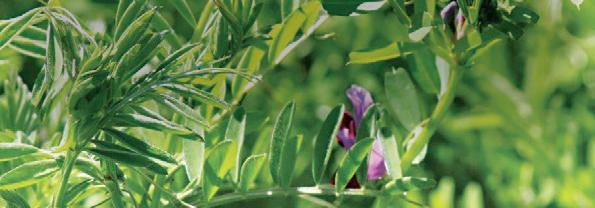











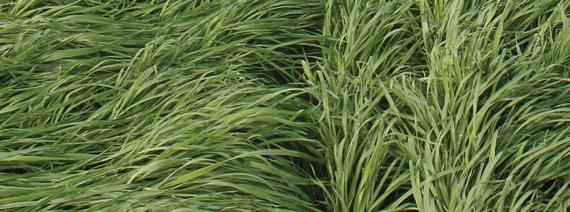









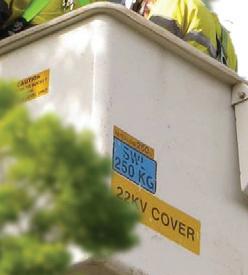
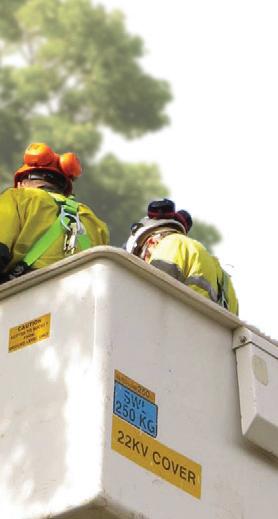

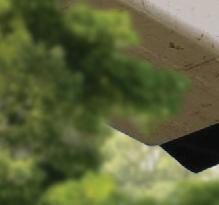



































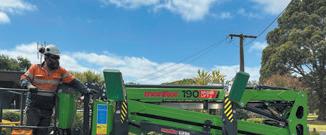
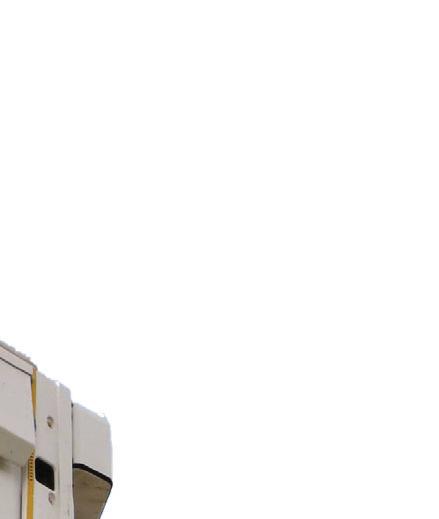


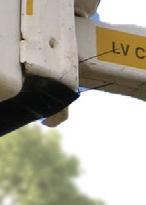









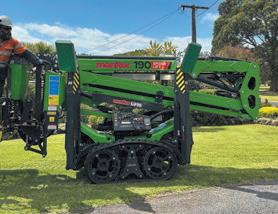































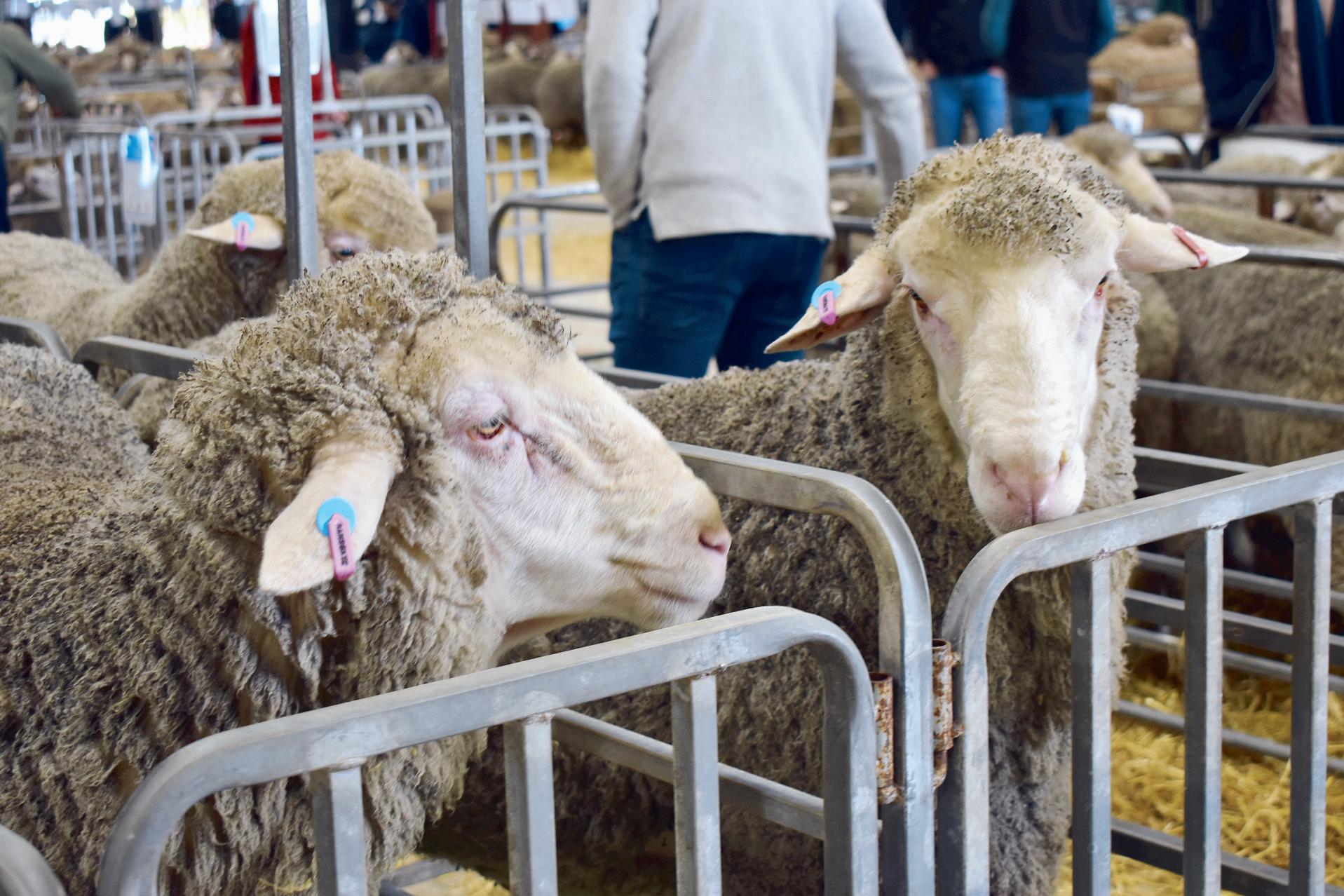

EWE would be crazy to miss SA’s premier sheep events, the South East Stud Merino Field Day this month.
Now in its 61st year, the field day has grown over the years.
President Peter Wallis said the field days started as a very much a local, regional field day in its infancy, but had seen changes since its inception.
“It’s grown to become a statewide South Australian, wide reaching event,’ he said,
“Originally, it also included a ram sale on the same day as the field day, but that’s gone, with the introduction of on property Ram sales.
“Every stud has their own ram sale on property these days, so the ram sale no longer is part of the field day.
The longevity of the event is a testament to the hard working committee, as Mr Wallis highlighted the difficult times the industry had faced.
“The Merino industry through those times, through those past 60 years, has been through some awfully difficult times, and I would suggest now is one of those as well,” he said.
“Yet, it just shows the resilience of the industry and the Merino as a breed to survive and come through all those events, all of those challenges over the last 60 years, and, my God, there’s been some things thrown at the Merino industry over the years, and it is just testament to what a good industry it is,


that it’s been able to survive.”
Despite the long history of wool, there is still more to know about the product.
“Wool has been around for all of our lifetimes, and we should know all the all the good things that will provide as a as a fabric, yet the majority of people have got no idea of the of the unparalleled benefits that wool has as a fibre over all the other synthetic and other fibre materials,’ he said.
“It hasn’t been as well promoted over the years as as what it should be, and we should know more about it really.”
Now is the opportunity, with the field day open to all, whether you are in the industry or not.
“The South East Field Day has become unique for three main reasons,” Mr Wallis said.
“Firstly and importantly, it’s the biggest single day field day, certainly in South Australia, and quite probably Australia, with 51 studs on display.
“So it’s an opportunity to spend one day - everyone’s time poor, every farmer is time poor - but an opportunity to see 51 one studs on the same day.
“The second thing that sets it apart is, I don’t know any other event you can go to as big as this that does not cost you a cent.
“There’s no entry fee. All the food and drink is complimentary and supplied by fantastic sponsors, which we have heaps, the main one being Elders.

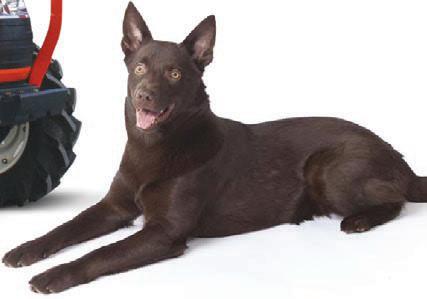

“Elders have been our major sponsor for virtually that whole 60 years.
“So they’ve been huge, but a heap of other sponsors have come on board, which has enabled us to give everyone that comes to the day food and drink, included for the whole day at no charge.
“Even people down the street should just, even if they’ve got no interest in Merino, still come and show your face and and support the people, the studs that have done it pretty tough this last year, and you can have something to eat, something to drink and have a chat.’
The third thing, said Mr Wallis, was there was no judging.
“Nearly every field day, they have judging for Ram of the Year or best ram or best sheep and we’re not against that by any stretch, but we just feel that we want our field day to be commercial, so that it’s about stud breeders talking to sheep farmers about their operation, and what they’re looking for in their breeds, for stud breeders to be able to spend time catching up with clients.
“We found when the judging is taking place, that too much time is taken up with stud breeders being occupied out the front, holding rams for the judging and less time being allowed for spending time talking to clients and chatting about how they’re going and what they’re looking for with their genetics and what rams they’re potentially needing for the year.”
Far from just being about the animals, the
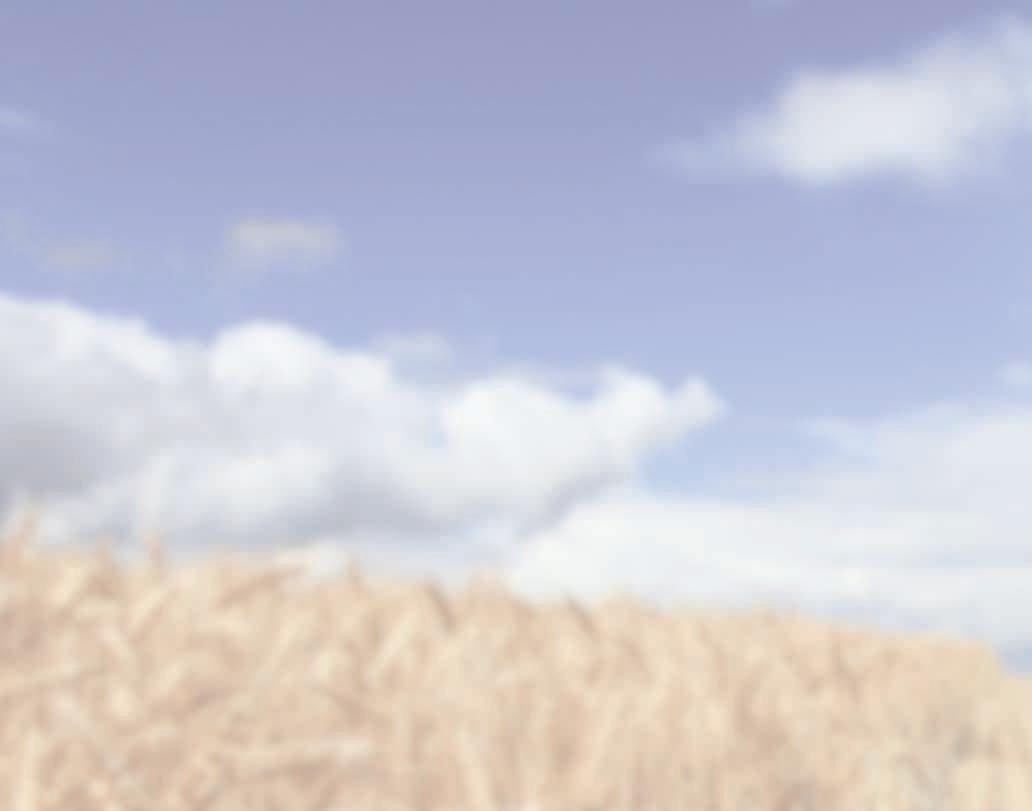



day also promotes mateship and community.
“It gets farmers to get off farm for a day,” he said.
“It’s not just the stud breeders that have done it tough, anyone that’s had livestock in the past six months have done it really tough and and just to catch up with like minded people and talk about the challenges that they’ve all faced, just to know that they’re not alone and that there’s other people in the same category, sometimes helps.
“I’d really encourage anyone. You don’t have to be involved in sheep in any way, you can be from the bank or from the school or any industry - come and have a look.
“Everyone is trying real hard in this industry and doing a great job and I think people would be surprised at the stock that people are producing in South Australia.”
The event attracts people from far and wide, bringing up to 800 people into Keith.
“51 studs is a huge day to try to get around to see all the studs, so a lot of people come and stay on, stay the night before or stay the night after, and that helps the economy,” he said.
“They might have a meal at the local pub so I think even just helping out some of the local businesses that, no doubt, are feeling the financial pressure that is a flow on effect of how farmers have done it tough, it flows onto everyone in the end.”
The South East Stud Merino Field Day will be held at the Keith Showgrounds from 10am to 4pm on July 23, all welcome.
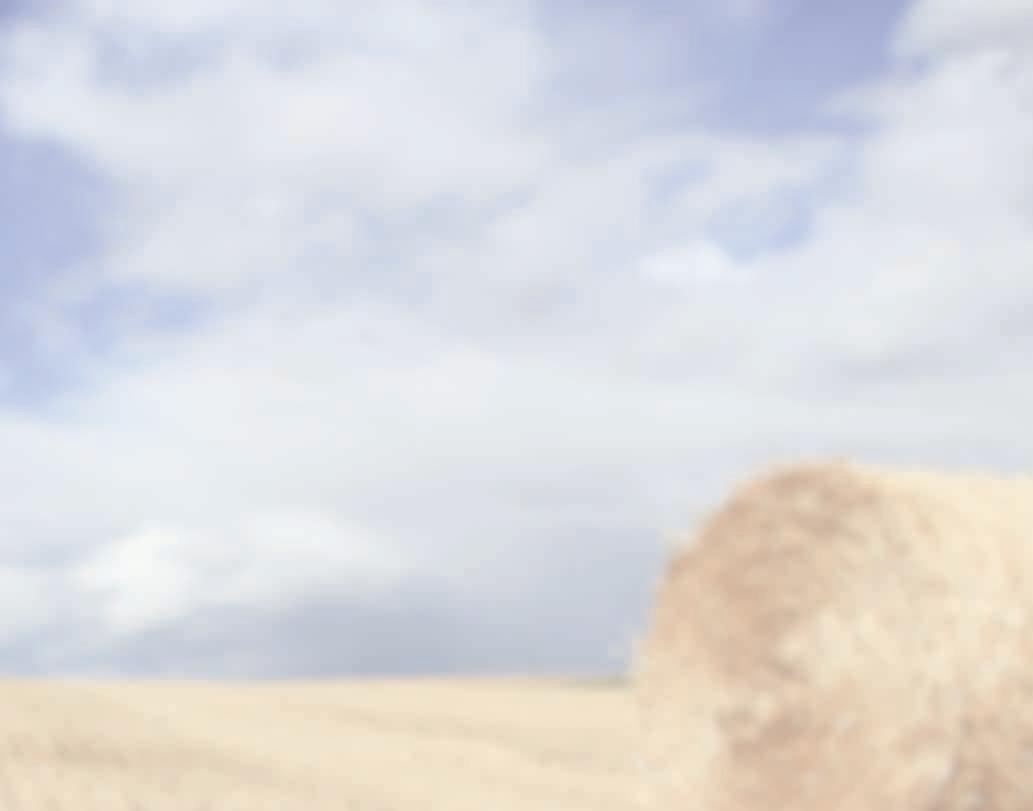



ELISABETH
CHAMPION
elisabeth.champion@tbwtoday.com.au
INSPECTOR General for Water Compliance Troy Grant was in Bordertown recently, speaking with landholders and farmers.
The Inspector-General of Water Compliance is an independent statutory office holder who ensures water management and use within the Murray-Darling Basin is lawful, transparent, and accountable.
He met with landholders across the basin to discuss their issues.
“I really wanted to spend some time in Northwest Victoria, through the Wimmera region, here to Bordertown, and right across to Renmark in that area just to see and hear from people what issues are currently concerning people within the basin that fall within my jurisdiction, where I can sort of direct my work and prioritise the work that we’re doing.,” he said.
“Obviously the drying conditions and drought conditions in parts of the basin are also a concern that I want to be aware of and see for myself.
“I don’t have direct drought policy roles or funding roles and that sort of stuff that sits with the state government in different departments, but there’s certain triggers in my compliance work that if drought measures are enacted, then I have to respond to that in what I do.”
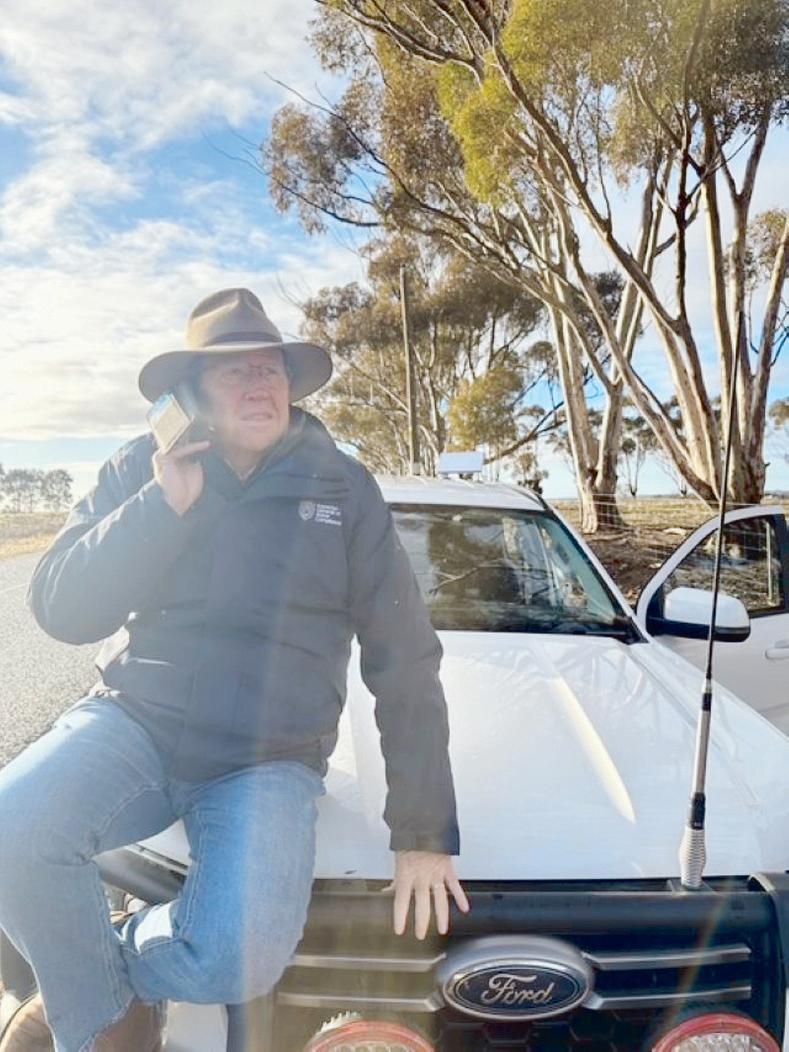
Issues raised by landholders included communication between the government and licence holders and the reliability of groundwater.
“There’s some concerns about messaging between the state government and water licence holders,” he said.
“There’s been some issues there, about opportunities for improvement in that communication, particularly when it comes to compliance actions.
“There’s a new regime in town now, when you’re overdrawn on accounts, that it’s acquitted on a monthly basis where it was an annual basis before.
“So that’s a change, and with any change, there comes a little bit of disruption and a few teething problems and stuff.
“So that’s been an issue that’s been raised.
“Reliability of groundwater is probably the number one issue, and some planning processes that are going on, or review of the water access plans in South Australia have also been raised and about just the reliability as it dries out, obviously, that groundwater can be impacted, so there is just some concern.
“People are after some clarity also about what my role can and can’t do in relation to some of their concerns.
“So we’ve been happy to let them know and educate them on the functional areas that I’ve got the powers under the legislation to operate in.”
As the Inspector-General of Water Compliance, Mr Grant makes decisions relating to the commencement of audits or inquiries and enforcement actions and fulfils the role as the main conduit for public engagements and acts as Chair of the Regulatory Leaders Forum.
“It’s a big, complicated space, but I truly love the job, and I’ve got a wonderful team of people,” he said.
“We’re not that big of an agency, but we’re effective and nimble and at the moment, we’re close to publishing something that I know the South Australia Senator pushed for.
“I was asked to do a body of work about a stocktake on the outcomes of environmental water, that has occurred, and that’ll be published in coming weeks.
“That’ll be interesting reading, I think, for people who often ask the question, ‘we’re saving all this environmental water, It’s been taken out of the consumptive pool for environmental outcomes, what are those outcomes? Is it working?’ and that sort of stuff.”
That report is due to be published in the coming weeks.
Ultimately, Mr Grant said, he and his team have four areas that they work in.
“They are to make sure it’s lawful, what the water managers are doing,” he said.
“Make sure it’s visible, so everyone in the community can see where the money’s being spent, where the outcomes are, the decisions that are being made, are they working and what are the outcomes from the decisions.
“The third is to make it better, so we identify areas for improvement.
“We do investigations, we do audits, and we do inquiries similar to Royal Commission powers or compel powers for witnesses to give evidence to us or compelling documentation, and ultimately, to make the water management practices better.
“And if they’re not, we work towards doing it better, making sure everyone does their job better, to build that trust and confidence in everyone in the Murray Darling Basin.”
For more information, visit https://www.igwc.gov.au/
GRAIN Producers SA (GPSA) has released a draft of the updated South Australian Grain Industry Blueprint for public consultation, inviting feedback to help shape the state’s grains sector through to 2035.
The 2025–2035 Blueprint builds on the original strategy released in 2020, which helped guide coordinated growth across the value chain.
With the sector surpassing its original target of $6 billion gross food revenue years ahead of schedule, the refreshed Blueprint aims to cement South Australia as a national leader in fostering a trusted, sustainable and highly productive grain industry.
GPSA chief executive officer Brad Perry said the draft Blueprint, developed by consultant Hudson- Howells with input from growers, researchers, exporters and supply chain partners now needs broader industry feedback to help shape the final version.
“This draft has been built through wide-
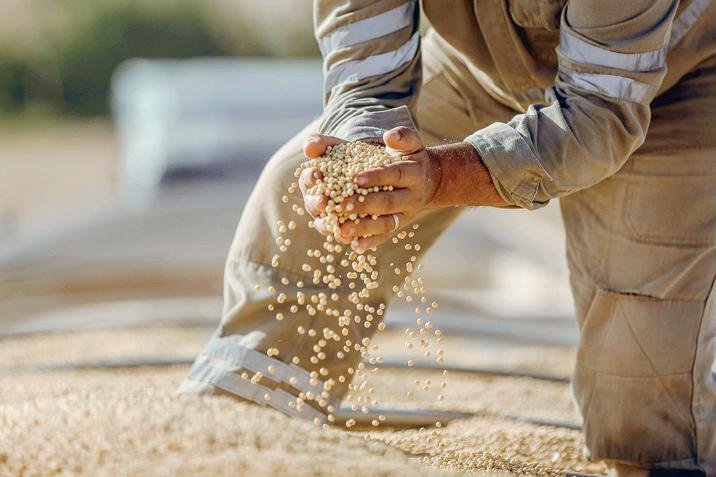
Grain Producers SA (GPSA) has released a draft of the updated South Australian Grain Industry Blueprint for public consultation.
ranging consultation and now it’s over to grain producers and industry stakeholders to provide input that will ensure it’s practical, relevant and forward-looking,” Mr Perry said.
“The Blueprint draft is just the starting point. We’re now inviting all voices across the
industry to help us finalise a Blueprint that truly reflects where industry needs to head for the next decade.”
“The Blueprint sets out clear strategic priorities around production sustainability, market alignment and innovation adoption, all grounded in real-world conditions faced by South Australian grain producers,” he said.
The Blueprint focuses on three strategic pillars: Secure and Sustainable Production Systems, Trusted Markets and Market Alignment, Innovation, Adoption and Adaptability.
These are supported by an enabling principle focused on leadership, advocacy and collaboration across the grain value chain.
The updated Blueprint project was made possible due to funding support from the State Government.
“The grains industry is a cornerstone of South Australia’s economy and a vital part of
our regional communities,” Minister for Primary Industries and Regional Development Clare Scriven said.
“This updated Grain Industry Blueprint, supported by State Government funding, provides a strong foundation to help the sector adapt to new challenges, embrace innovation and build on its global reputation for quality and sustainability.”
“This draft Blueprint reflects the increasing importance of innovation, sustainability, and global competitiveness in the grains sector. I commend GPSA for leading this work and welcome the contribution of growers to ensure it delivers practical outcomes on the ground,” she said
The draft Blueprint and a summary of key changes can be found on the GPSA website at: www.grainproducerssa.com.au/projects/ sa-grain-industry-blueprint/
Submissions will be open until Friday, July 18.


COUNCILS and banks are being urged to consider requests for hardship payments, despite no official declaration of drought.
As South Australia continues to suffer from little to no rainfall in large parts of the state, farmers have reported being turned away when asking for assistance from lenders, with many saying it was due to the belief that a drought has to be declared.
In order to combat this, the Department of Primary Industries and Regions (PIRSA) has released a statement, available on it’s website, for those seeking assistance to access if required.
Minister for Primary Industries and Regions Clare Scriven said that while some people called for the government to “declare the drought” , drought declarations no longer happened in Australia.
“We all know that Australia is in drought,” she said.
“Drought declarations no longer happen, that hasn’t been a feature of the Australian landscape since the National Drought arrangements were changed back in 2014.
“That’s because what happened previously is there were lines on a map, and if you were on one side of the road in a so-called drought declared area, you’d be eligible for assistance.
“But if the other side of the road is not a drought declared area, but in the same conditions, you wouldn’t be eligible for assistance.
“It was agreed that assistance should be available whenever someone needs it, not reliant on some arbitrary declaration.”
However, she said, many still believe that drought declarations were required, and there
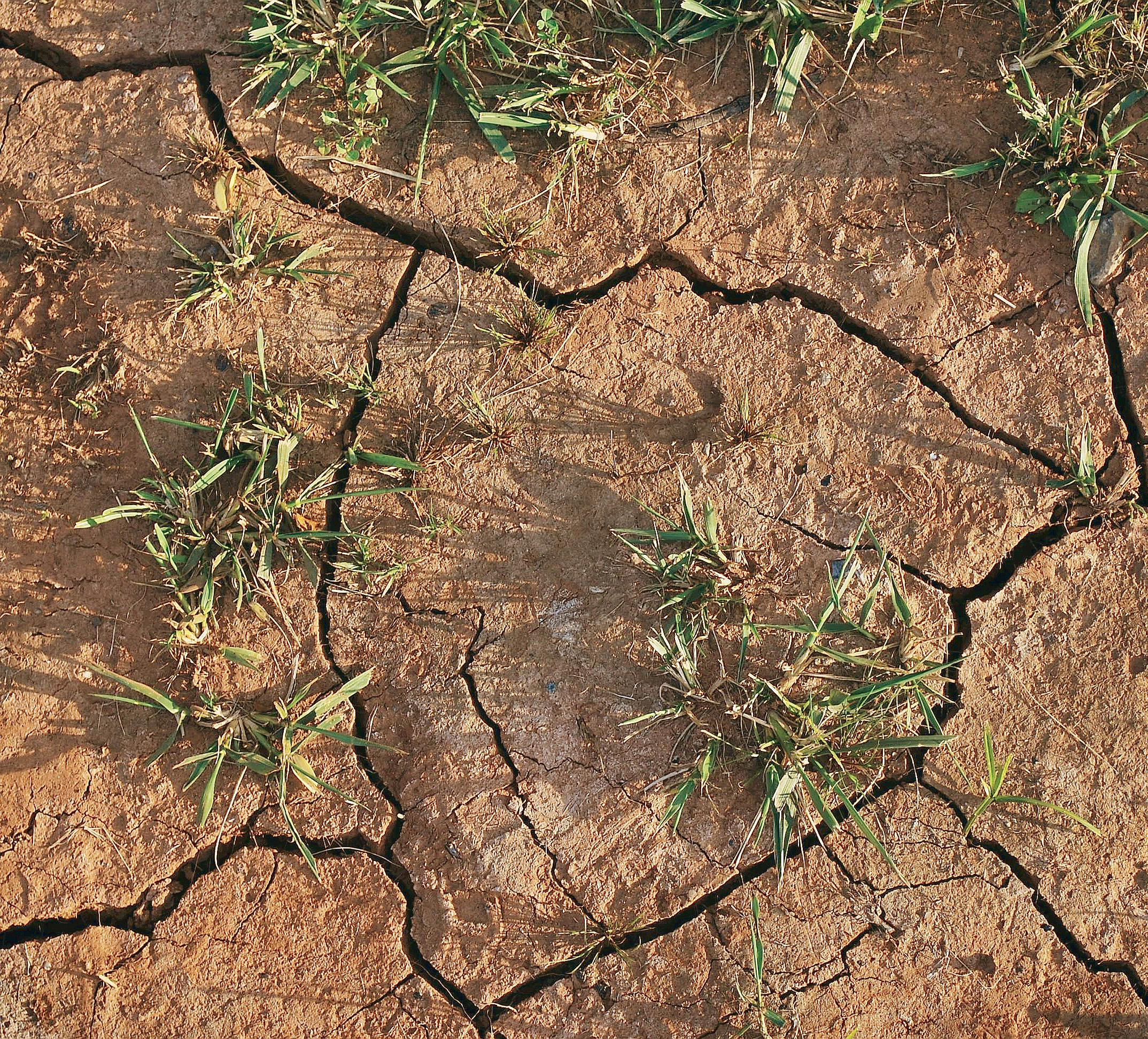
had been reports of farmers being denied assistance due to this belief.
“I thought of simply doing a statement that drought declarations don’t happen,”


Ms Scriven said.
“It includes that there is nothing being withheld from state or federal government assistance because that declaration is no
longer happening.
“There is no formal mechanism for a declaration, and there’s nothing that would be triggered in terms of additional assistance if there were so just to have a statement on the PIRSA website that people can point to if they’re being told, whether it’s by a bank or even in some cases, a council, they can’t access hardship provisions because there’s no declaration, it just demonstrates that whoever’s providing that information is misinformed, whether it’s a bank or council or someone from a tax office, for example.
“It’s one extra step that people can use to ensure that they are getting the full picture and that no one is telling them the wrong information when it comes to the fact that drought declarations don’t happen.”
Since November last year, the state government has implemented a $73 million to support farmers affected by drought in SA, which included infrastructure grants, rural financial counselling support, supports for small business, an additional $4 million to assist charities with freight costs to transport donated fodder to assist farmers with feeding livestock and more.
“There’s still more discussion happening, because obviously, the drought is not broken in most of South Australia,’ she said.
“Even if it did, even before the rain that was needed came, right now, in the quantity that was needed, the impacts of the drought will still continue for one to two years, most likely.
“So it’s not as though, once the rains come, it’s all over, because there’s just so many impacts that have that effect long term.”
For more information or to access the statement, visit the PIRSA website.


SHEEP eID scanning is coming online in saleyards across South Australia, as the next stage of the process takes off.
Mandatory individual tagging and National Livestock Identification System (NLIS) reporting requirements have been brought in with the aim of having full traceability across the supply chain by January 1 2027. Processors were required to have sheep and goat eID equipment up and running by January of this year and saleyards were due to have everything in place by July 1.
The new system requires sheep and farmed goats born on or after 1 January 2025 to be identified with an NLIS accredited eID device before leaving their property of birth.
With the July 1 deadline now passed, Minister for Primary industries and Regions Clare Scriven said a majority of saleyards were up and running.
“So the indication so far is that’s going fine,” she said.
“Obviously, we’re not in the main lamb sales season, so that’s actually really good, because we would expect things to be increasing in volumes around then, most likely.
“Obviously, there are some sales, particularly for people needing to de-stock - there is a level of activity in saleyards and the droughts obviously having a strong impact on people needing to de-stock.”
“I’ve got senior staff from PIRSA visiting several of the saleyards this week to see how the transition is going.
“But most of the saleyards indicated that they were ready for the first of July to go online.
“There were a couple that are still in the pro-
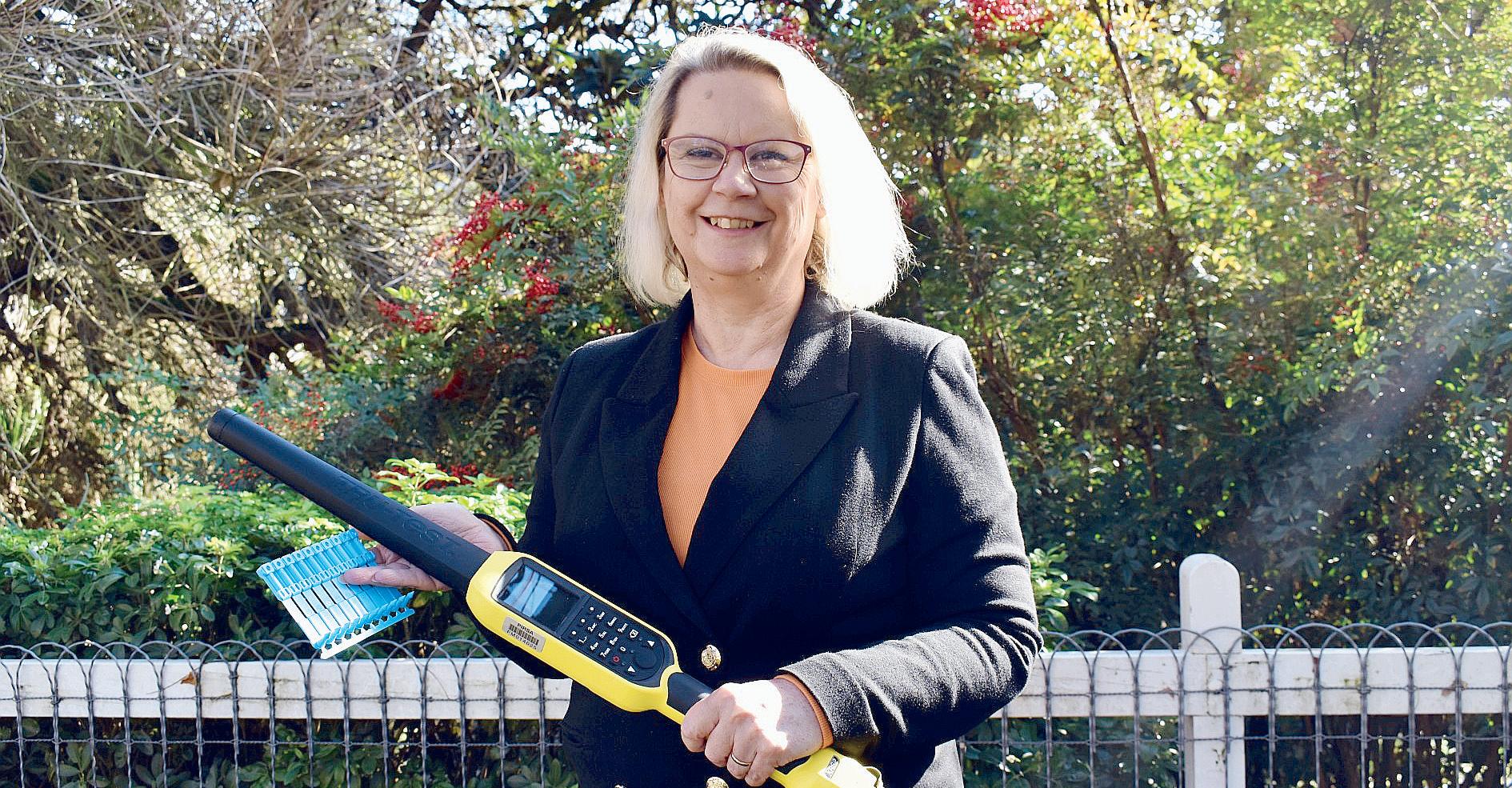
cess, but it’s really about if the people are making their best efforts to get ready, because there are some significant infrastructure changes to work through then that are prepared to show that they’re moving towards it and have some intention to be able to meet their obligations, and they’ve also got Plan B’s in case there’s anything going on.
“But so far, I haven’t had any negative feedback.”
Speaking at the June Naracoorte Lucindale Council meeting, Director Infrastructure and Services Daniel Willsmore said the Naracoorte Regional Livestock Exchange was ready for the July 1 start date.
“We’ve been undertaking the mandated sheep eID infrastructure upgrades,” he said.
“I just want to acknowledge users of the facility, vendors, agents and the like for their
VICTORIA Farmer’s Federation (VFF) president Brett Hosking and new VFF chief executive Charlie Thomas are among those that will attend the 2025 Livestock Conference held in Bendigo, Thursday July 17.
The Livestock Conference is able to provide valuable insights and discussions on key topics affecting the livestock industry.
The event will cover Market Report and Supply Chain Insights/Technology on the farm and modern agriculture policy, advocacy and influencing public opinion, animal welfare, social licence and public perception. This year VFF Livestock President Scott


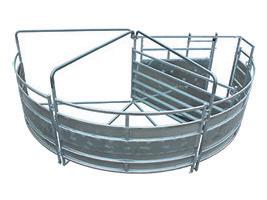
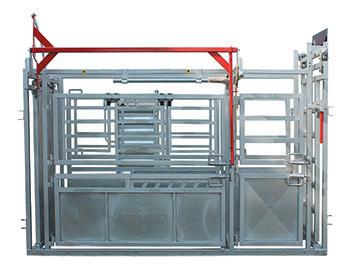
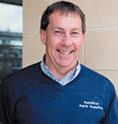
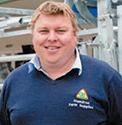
Young will be involved in speaking, accompanied by Alison Kennedy, Tim Ryan, Andrew Zipsin, Mike Hemsley and Lauren Hemsworth.
The Conference will be held at All Seasons Resort Hotel, Bendigo, Victoria.
Dress in Smart Casual.
Registrations for attendance are now open, apply with https://vicfarmers.zohobackstage.com/TheVictorianFarmersFederation2025LivestockConference#/
The Victorian Farmers Federation’s 2025 Livestock Conference is coming to Bendigo. (File)
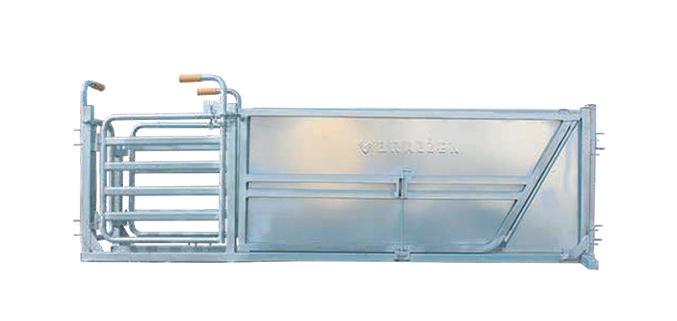
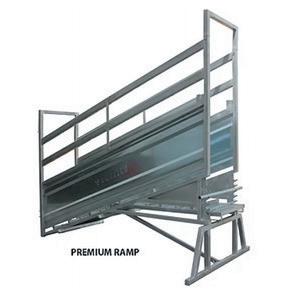
patience, while we continue our weekly sales, while we’re upgrading these works, we undertook some training with staff and agents today,
“So we will have over 50 per cent of the scanners online for the July 1 date, which is when the system needs to be online, so we won’t need to undertake any hand scan in the facility, they’ll be able to run through those drafts that will be online.”
Ms Scriven said for those not quite ready, the state government is extending the current sheep and goat eID essential equipment rebate for producers for a further 12 months.
The Essential Equipment Rebate for sheep and farmed goat producers will be open until June 30 2026, assisting them with the costs of the scanning equipment needed to meet their National Livestock Identification Scheme (NLIS) reporting obligations.
To further support drought impacted producers, in addition to the rebate for producers, the sheep and goat eID essential equipment rebate for schools, agricultural shows and special events has also been extended for another 12 months.
“We’ve extended the subsidy so that it still includes agricultural shows because, I don’t have any data on this, but my guess is that some of them will only start thinking about it as it gets closer to the spring shows or autumn shows.
“So I wanted to make sure that they’ll miss out because they may not perhaps be thinking or being aware about some of those aspects until they actually get close to their show.
The extension of these rebates follows on from the recently announced extension of the point-of-sale tag discount scheme and the expanded eID Device Rebate, providing further assistance to producers with their transition to electronic identification for sheep and farmed goats.
Eligible producers, schools, ag shows and special events can apply for a 75% rebate of the cost of purchasing essential equipment. For producers, the maximum rebate amount is based on the historical number of animals moved annually onto a property directly from another property over a consecutive three-year period.
South Australia is moving from the current visual device and mob-based approach to individual eID for sheep and farmed goats to improve traceability and better protect the state’s $4.9 billion livestock industry.
For further information about SA’s transition to eID and the support available for producers visit pir.sa.gov.au/eid.
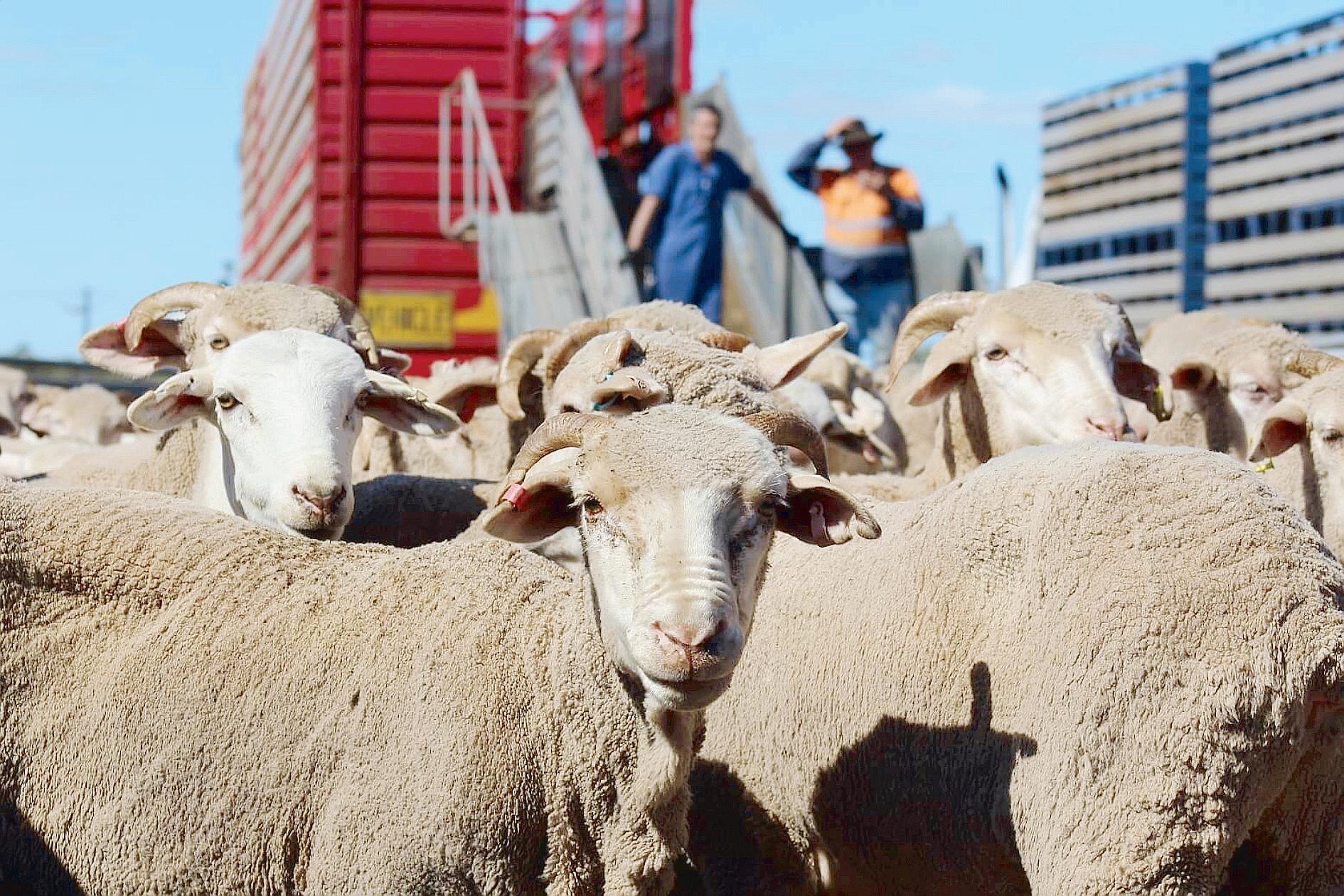
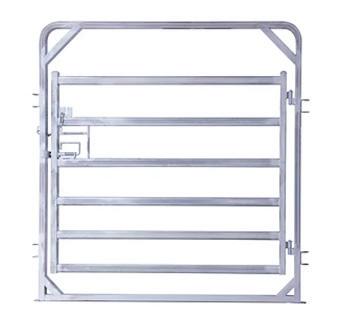
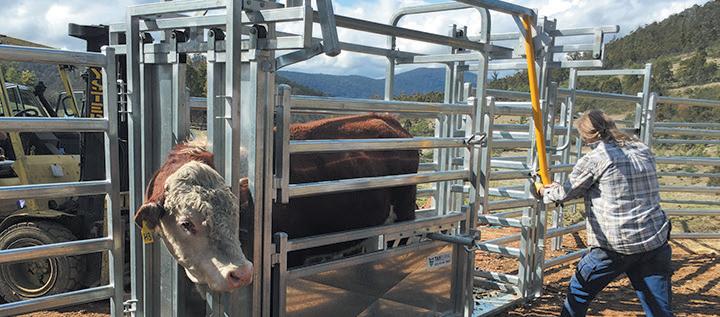

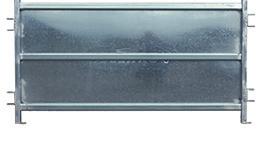

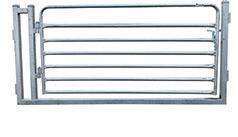
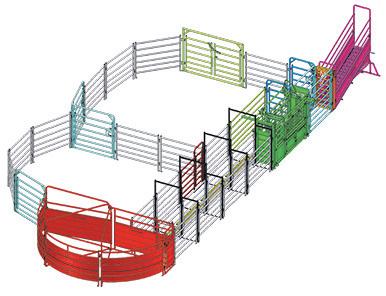
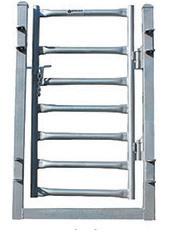

VICTORIAN farmers have been hit hard with drought and now the Victorian government is offering more support.
The state government is investing an additional $75 million to help farmers through the drought, bringing the total support package to $144 million.
It comes after the Drought Response Taskforce spoke to farmers about what support they needed.
Premier Jacinta Allan said the government had been listening to farmers and communities who are doing it tough.
“This isn’t just about dollars – it’s about backing the people who feed our state and the regional communities that keep our state strong,” she said.
“Thank you to the members of the Taskforce – Victorians from different communities, backgrounds and political parties who came together to deliver real relief for farming communities.”
$35.8 million will go to help farming households in the south west manage the pressures they are facing due to prolonged drought.
The Primary Producer Support Payments will provide eligible farmers with the equivalent of a 40 per cent reduction on their property rates, providing much needed cash flow relief for farmers in 12 Local Government Areas (LGA) in south-west Victoria, including Ararat, Moyne, Colac Otway, Pyrenees, Corangamite, Southern Grampians, Glenelg, Surf Coast, Golden Plains, Warrnambool, City of Greater Geelong and southern parts of West Wimmera.
The payments will be distributed by councils.
Minister for Agriculture and Acting Minister for Water Ros Spence said cashflow relief was one of the major items raised with the Taskforce.
“That is why we’re helping farmers to create more room in their budgets to deal with the cost pressures they are facing in drought,” she said.
“Responding to the Taskforce and our regional communities, we are investing in both short-term solutions and legacy infrastructure to improve resilience and water security for farmers and their communities.”
To reduce the impact on household budgets, they are also supporting the Country Women’s Association with $2 million in support to deliver household payments of up to $1,000 to struggling families in eligible south west LGAs.
A further $5.9 million will go to critical technical decision-making support, mental health services, timely farm debt mediation and engagement activities for another 12 months and a $6.3 million fee and duty relief package will reduce the costs of doing businesses for primary producers.
Agriculture Victoria will also work with the
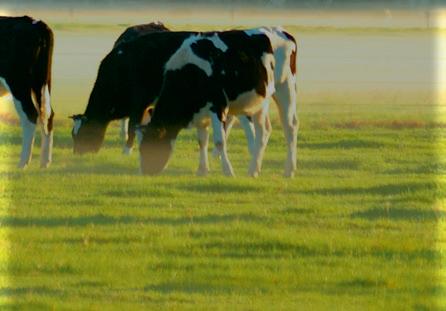

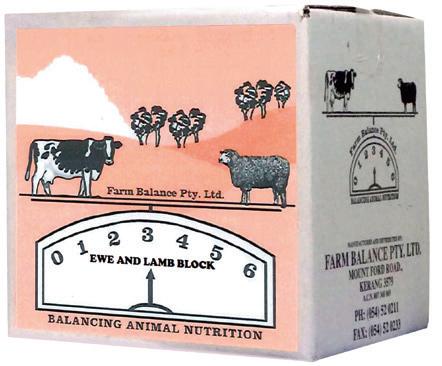
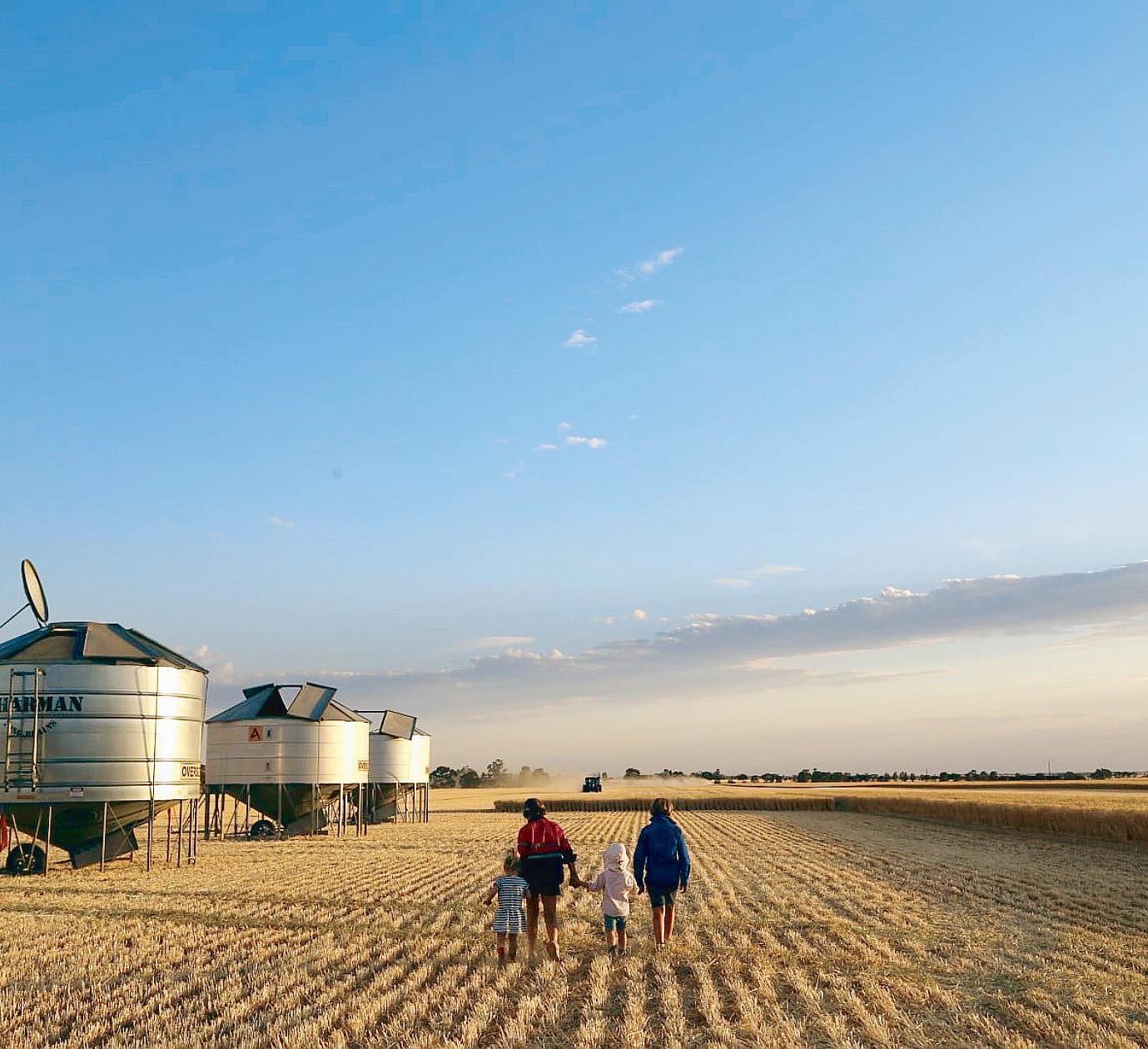
livestock biosecurity compensation fund advisory committees, Dairy Food Safety Victoria and PrimeSafe to explore opportunities to waive biosecurity duties and regulatory fees and charges.
On top of this, Agriculture Victoria will waive indexation on its 2025-26 biosecurity fees and charges and provide targeted fee relief to assist farmers experiencing cashflow challenges.
As water becomes more scarce, the government is investing $15 million towards extending the East Grampians Rural Pipeline, also
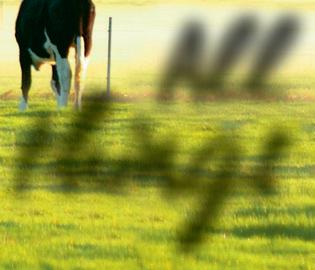
Grampians Wimmera Mallee Water will also invest $15.6 million towards the project and continue to work with the federal government to seek a Commonwealth funding contribution to deliver the project in full.
This pipeline expansion will increase access to a reliable and high-quality water supply from Lake Fyans to around 750 additional rural properties, 10 local towns, 34 fire hydrants, and 66 tanks for firefighting in the Ararat Rural City, Northern Grampians, and Pyrenees Shire.
$3 million will go towards expanding Vic-
toria’s Emergency Supply Point network and install new access points or upgrade existing ones across the state.
There is also $2.5 million to leverage existing groundwater bores to access water for domestic and stock usage in drought affected areas and $1 million for the Catchment Management Authorities to run Drought Employment Programs.
To view the full range of financial, technical and wellbeing support available to drought impacted farmers visit agriculture.vic.gov.au/ drought or phone 136 186.

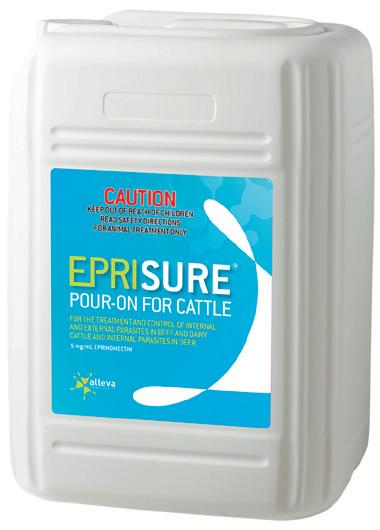



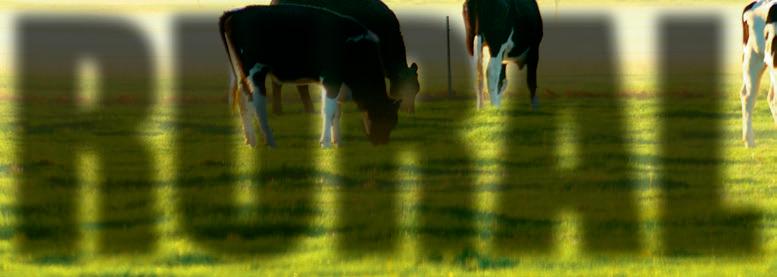


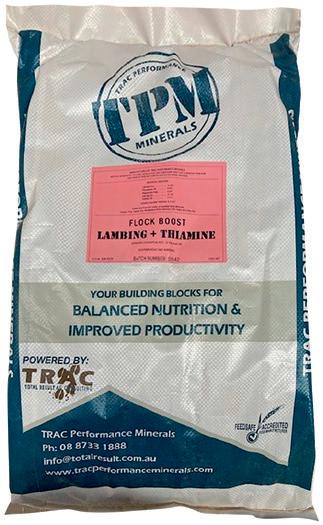





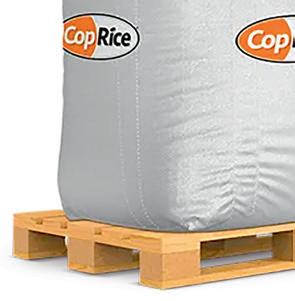

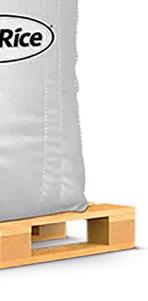
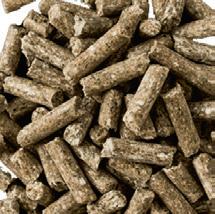








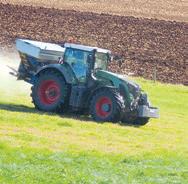
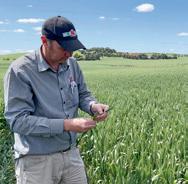



BIODIVERSITY sent our two dogs troppo last night.
The immediate cause of the kerfuffle was a koala, sitting zen-like in our garden while the groodles were experiencing an existential crisis (it’s the poodle in them).
We live in the middle of Hamilton, and koala visits are not a rarity these days.
A friend of ours—let’s call him Mr A—went out to investigate his dog’s yelling and was met by a decidedly non-meditative koala who shimmied up Mr A before digging his claws into the unfortunate man’s bonce.
This led to some lively activity (and mirth) at the Hamilton Base Hospital emergency department that evening.
Thankfully, the koala avoided Mr A’s eyes, and it was a case of “only” being a flesh wound.
Koalas Flourishing
Twenty years ago, these would have been remarkable events—but not today.
Koalas are in abundance and in the Green Triangle are not remotely endangered.
These charming marsupials have learned to love Bluegum leaves and, accordingly, have bred up.
This stands in stark contrast to much of the east coast of Australia, where mansion-building is resulting in the destruction or degradation of koala habitat.
Essentially, this involves chopping down gum trees which, as you may have noticed, are the homes of koalas. No gums, no bears.
Our Green Triangle (GT) koalas are the indirect beneficiaries of the failed tax-driven hardwood Managed Investment Schemes
Address: Level 1 / 1 Commercial Street East, Mt Gambier SA 5290
Telephone: 08 8741 8170
Website: www.borderwatch.com.au
Hamilton Spectator
Address: 84 Gray Street, Hamilton, Vic 3300
Telephone: 03 8318 5758
Website: www.hamiltonspectator.com.au
Portland Observer
Address: 92 Percy Street, Portland, VIC 3305
Telephone: 03 8318 5757
Website: www.portlandobserver.com.au
CONTACT US
Editorial:
Email: editorial@agtoday.com.au
EDITORS:
Elisabeth Champion
E: elisabethchampion@tbwtoday.com.au
Marlene Punton
E: marlene.punton@portlandobserver.com.au
Advertising: Email: advertising@agtoday.com.au
ADVERTISING CONSULTANTS
Sandra Ryan
E: sandra.ryan@hamiltonspectator.com.au
Jude MacKenzie
E: jude.mackenzie@hamiltonspectator.com.au
Leesa Cook
E: leesa.cook@portlandobserver.com.au
Sierra Laird
E: sierra.laird@portlandobserver.com.au
Christine Cock
E: christine.cock@tbwtoday.com.au
Christine Black
E: christine.black@tbwtoday.com.au
Josh Phelan
E: josh.phelan@tbwtoday.com.au
Published by SA Today Pty Ltd. ACN 644 311 937

(MIS), which swallowed hundreds of millions of investors’ funds during the first decade of this millennium before going spectacularly bust in 2009.
The ex-MIS plantations are now managed by legitimate plantation operators such asAustralian Bluegum Plantations and New Forests. They have formed the basis of a log and woodchip export industry operating out of Portland.
There are more than 120,000 hectares of bluegum plantations in the GT, which are home to an estimated 47,000 koalas.
Before the arrival of the Bluegums, koala numbers were far lower.
However, it’s not all plain sailing.
Timber felling temporarily disrupts both habitat and food supply, putting koalas at risk from road traffic during migration and exposing them to possible food stress when numbers become too concentrated.
There have been problems with koala deaths as a direct result of felling.
Fortunately, this is now being successfully mitigated through the use of heat-seeking drones, deployed for koala-spotting (a new job description).
Where a koala is located in a tree, it is not felled, and an additional five trees are retained as a buffer.
This explains the apparently random clumps of six bluegums one sees at sites post clear-fell.
Another beneficiary of the Bluegums appears to be the rainbow lorikeet (Trichoglossus moluccanus), which has become far more common in the Green Triangle since the hardwood plantations arrived.
These parrots feed on, inter alia, eucalypt nectar.
Indeed, the name Trichoglossus means “hairy tongue” , which the lorikeet deftly employs to slurp up nectar.
All in all, the bluegums—while not indigenous to the GT—have had a strongly beneficial effect on biodiversity.
However, there are clouds on the horizon. The March of the Pines
Until recently, the bluegum chip and log market was healthy, with China taking over from Japan as the chief buyer.Logs were in demand for high-quality paper as well as rayon (viscose) manufacture, and some veneer production.
Over the past two years, however, prices have declined, and the attractiveness of Bluegums as an investment has waned.
On top of weakening product prices, Bluegums - with a typical rotation length of 15 years - are considered short-term and do not qualify for the generation of Australian Carbon Credit Units (ACCUs), which are issued by the Clean Energy Regulator (CER).
ACCUs are only available over two time horizons: 25 years and 100 years.
Another problem with Bluegums is that their wood is unsuitable for flooring or cabinetry, being unstable and prone to checking and splitting.
It does not have the versatility of, say, Mountain Ash (Eucalyptus regnans).
With no ACCUs and a weakening chip market, Bluegums are not enjoying the market strength of a few years ago.
The obvious alternative, Radiata Pine, is an exotic species from California. It grows rapidly in southern Australia and New Zealand but has a negative impact on biodiversity. Its contribution to the natural environment can be summarised under the following subheadings:
Exotic monoculture:
P. radiata is non-native to Australia, and few native species have evolved to depend on it.
Sparse understorey:
Pine needle litter acidifies soils and suppresses native understorey plants, reducing habitat complexity.
Low food value:
Pines provide no nectar or browsing for native fauna (e.g., koalas, gliders, honeyeaters).
Habitat fragmentation:
Large-scale pine plantations can fragment native ecosystems and disrupt movement corridors.
Poor habitat for hollow-dependent fauna: Pines rarely develop natural hollows within plantation cycles, affecting species like parrots, owls and bats.
Fire risk and recovery:
Pine burns very hot and regenerates poorly (if at all) post-fire without replanting, unlike many eucalypts.
To be sure, Pines underpin a vital industry centred on Mount Gambier, but an increase in the estate would hardly be “nature positive” However, on a financial basis, the planting of Pines—with an established processing industry, local demand for sawn timber, and the added value of ACCUs—is attractive to plantation investors.
Recently, however, there have been rumours that a change from Bluegums to Pines may be about to get under way.
While this is unsurprising, it should be brought into the public arena for discussion.
Enter the FSC
Sustainably produced timber requires certification for the public to be assured of its environmental pedigree.
This is where the Forest Stewardship Council (FSC) comes in.
tations of native species—such as blue gum— to exotics like Radiata Pine may breach FSC standards. The interpretation, open for public comment until July 18, 2025, focuses on the requirement that harvested sites be regenerated in line with the original species composition and structure. The move has raised concern among plantation owners seeking to transition to longer-rotation species to meet timber demand and carbon goals, with some warning it could limit investment and reduce flexibility in responding to market and climate challenges. Thus, we have a conflict emerging between the existing growers and the timber industry’s environmental watchdog. Rather than focus solely on the conflict, one might ask: is there a third way?
In recent decades, there has been an ongoing and, at times, controversial move away from native forest hardwood silviculture (logging) in favour of plantation forestry.
However, plantations are not necessarily a complete or automatic substitute for the forests of Tasmania, Victoria and the high country of NSW. These forests have produced versatile and most importantly, high-quality eucalypt timber from three main “ash-type” species: Mountain Ash (Eucalyptus regnans), Alpine Ash (E. delegatensis), and Messmate (E. obliqua).
Their wood, suitable for joinery and flooring, is altogether superior to that of Bluegums (E. globulus).
So, if Bluegums are fading from the plantation scene, and Pines are not an acceptable replanting substitute, what tree species can be used to restock plantations as they are felled?
Indeed, these changes raise a larger strategic issue: should the Green Triangle continue its reliance on Radiata Pine and Blue Gum, or is it time to look seriously at adding alternatives which might include the ash-types or, more likely, Spotted Gums (Corymbia maculata)?
The latter produce outstanding timber suitable for flooring, decking and joinery.
The trees are less flammable than either Bluegums or Radiata Pines and use less water to grow.
On the negative side, their growth rates are lower—but the timber value is far higher.
Spotted Gums do have a reputation for being frost sensitive when young, but they are slightly more frost-resistant than Bluegums.
Spotted Gum timber is far more valuable than either Bluegum or Radiata Pine, which offsets the slower growth rate.
The leaves of C. maculata are koala food, and the trees produce a fine, light-coloured honey. They tick a lot of boxes.
To add weight to this argument, there is a table compares the frost tolerance and mean annual growth rates (MAIs) of selected eucalypt species, including Corymbia maculata:
All material is copyright to SA Today Pty Ltd. All significant errors will be corrected as soon as possible. Distribution numbers, areas and coverage are estimates only. For our terms and conditions, please visit https://borderwatch.com.au/terms-and-conditions/
Pines, with a typical GT rotation of about 30 years, qualify and arguably present a more attractive financial prospect than Bluegums.
But there is a massive downside to increasing the extent of the GT’s pine estate: loss of biodiversity.
Founded in 1993, FSC promotes responsible forestry worldwide. Initially overshadowed in Australia by the locally favoured Australian Forestry Standard (AFS), FSC gained traction from the mid-2000s due to export demand and NGO pressure. A national standard was released in 2018. FSC is now widely seen as the leading ecolabel for Australian pulp, paper and green building products. You see its stamp of approval on timber and paper products. FSC accreditation is important.
In June 2025, the FSC released a draft interpretation clarifying that converting certified plan-
However, there are challenges. The economics of changing species within a plantation are complex, and the shift from a 15-year Globulus rotation to a 35–40-year Maculata cycle may not fit the needs of plantation investors. Additionally, the unavailability of ACCUs for a 35–40 year rotation still stands. The Clean Energy Regualator’s blunt “25 or 100 years, and nothing in between” rule is—let’s be frank— absurd. Indeed, many in the forest industries go further, arguing that the point at which carbon sequestration should be credited is when durable timber products are incorporated into buildings, rather than while the trees are growing. But that might just be too simple.
For many, the FSC’s threat of removing accreditation for converting Bluegum plantations to pines is a blessing in disguise. It might prompt the Australian plantation industry to embrace truly sustainable, high-quality sawn timber, lovely honey—and, yes—koalas. If Spotted Gums or other longer rotation eucalypts can earn ACCUs there might be a win for us all.
Here’s hoping.
RAIN has started to fall across South Australia, but the impacts of drought are still hitting producers.
Seeding is steadily underway despite the ongoing dry conditions but the lack of rain may result in a reduction in total planted area.
According to the latest Crop and Pasture Report, produced by the Department of Primary Industries and Regions (PIRSA), current estimates are for around the 10 year average of 3.9 million hectares to be sown which could see a 2025-26 crop at 8.2 million tonnes.
Achieving average yield will depend on the amount of rainfall during the growing season, the nature of any adverse weather events, and the timing of crop germination and establishment.
This preliminary estimate of cropped area for this growing season is higher than the previous season based on the assumption that less crop will be cut for hay but if dry conditions persist the total crop may reduce significantly from this initial estimate.
Concerns over late season opening rains and carry over of residues of some herbicides is likely to result in less canola, bean, chickpea and durum being sown, leading to increased areas for wheat and barley. Lentils are also forecast to increase by an additional 5 per cent across the state.
With minimal available stubble and no pasture growth during autumn, livestock condition is below average with supplementary feeding and destocking being undertaken by producers as management strategies to preserve livestock health and soil condition.
The Bureau of Meteorology’s modelling predicts the El Nino Oscillation (ENSO), which
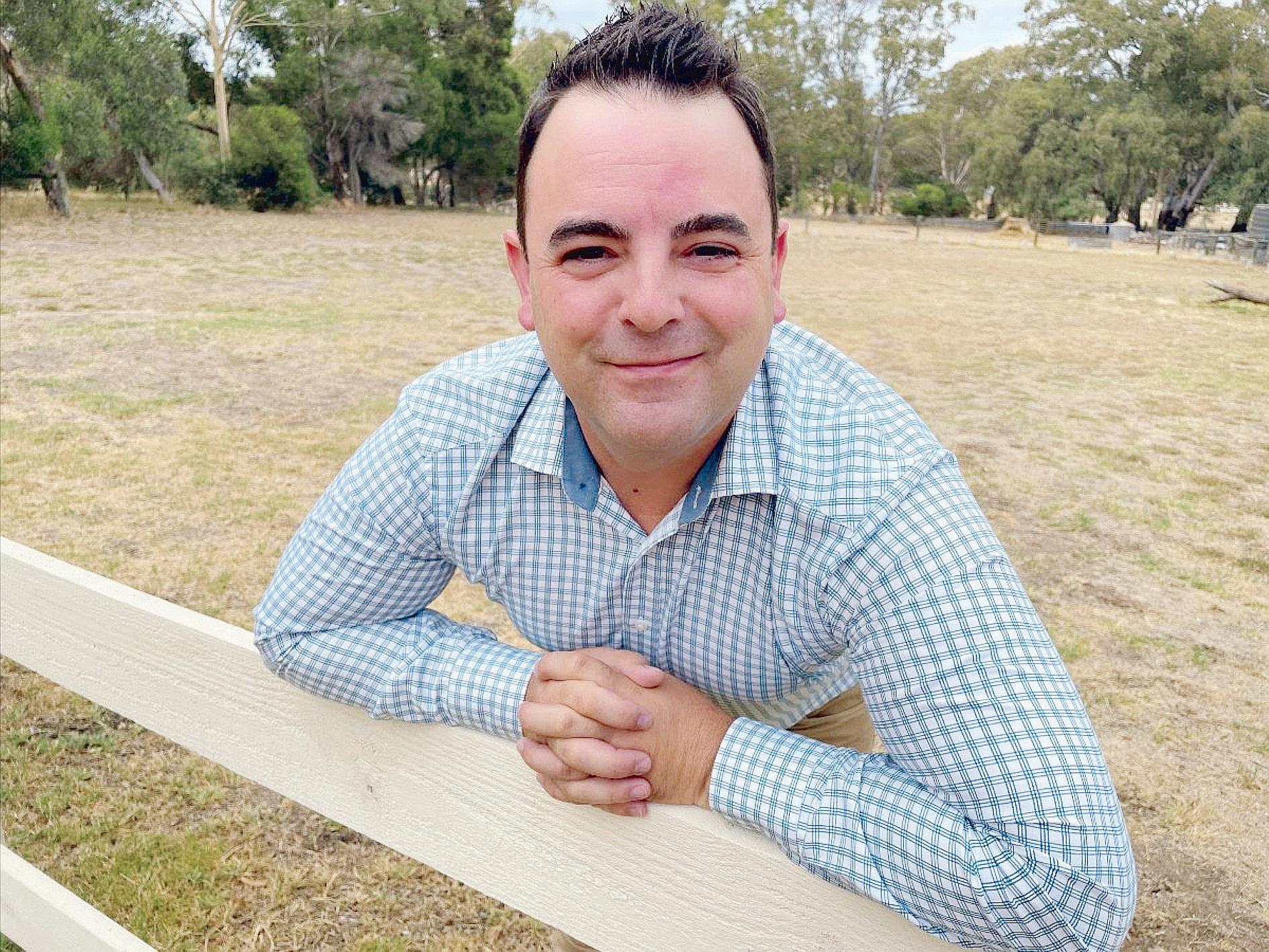
is currently neutral, to continue until at least November.
Grain producers SA chief executive officer Brad perry said the current forecast outlook was for average winter conditions, with no strong signals for either significantly wetter or drier weather.
“With so many uncertainties ahead and drought persisting, it is too early to provide accurate predictions for the season,” he said.
“Although recent rainfall has been enough


to trigger the start of the season in parts of South Australia, albeit very late, the drought is by no means over.
“Following one of South Australia’s driest growing seasons on record in 2024, grain producers still require significant rainfall to replenish soil moisture and support strong crop germination in 2025.
The state government continues to support farmers through the $73 million Drought Support Package, which includes a further $13 mil-
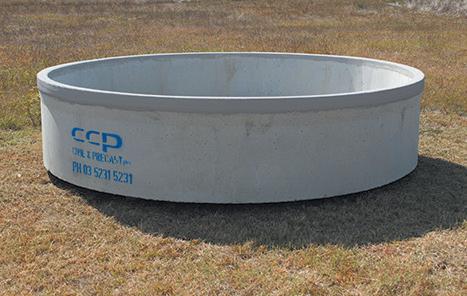
lion for the On-Farm Drought Infrastructure Rebate Scheme.
Minister for Primary Industries and Regions Clare Scriven said that while recent rains in some areas were providing hope, for many producers the outcomes of the 2025-26 growing season remain highly uncertain. “The state government remains committed to supporting primary producers and regional communities across the state through this challenging time with our comprehensive $73 million Drought Support Package which has been designed through direct feedback received from farmers.
“I continue to listen to farmers across the state about the current situation and closely monitor the rollout of support and ongoing seasonal conditions.”
Under the scheme, farmers can apply for grants of up to $20,000 for projects to manage drought conditions and strengthen drought preparedness. So far, the State Government has approved 2,500 applications with processing times now under 30 days.
Through the Drought Support Package, the state government has also funded the transport costs of charities to deliver more than 12,000 tonnes of donated fodder to almost 1,400 farms across South Australia, with more deliveries on the way.
Primary producers and rural small business owners experiencing financial hardship can also apply for the State Government’s Rural Support Grants, administered by the Rural Business Support Relief Fund, which provide up to $1,500 in financial assistance. For more information on the crop and pasture report visit pir.sa.gov.au/cropreport and for drought assistance visit: pir.sa.gov.au/drought-support

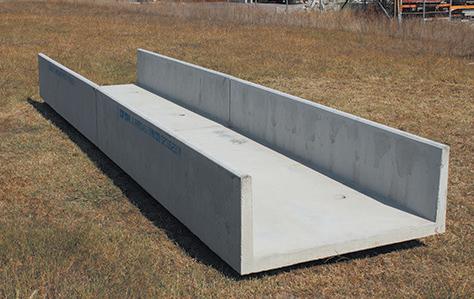


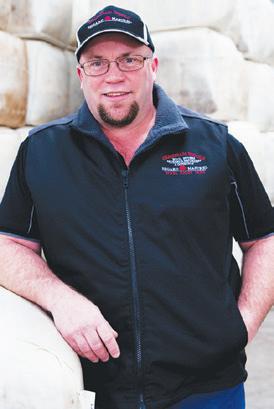

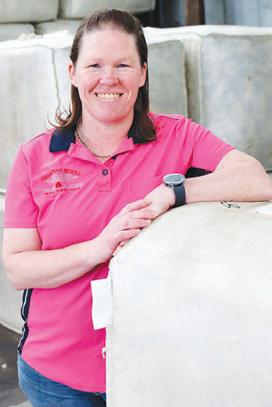
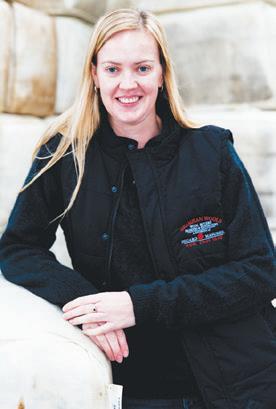
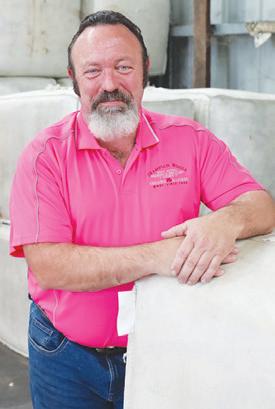
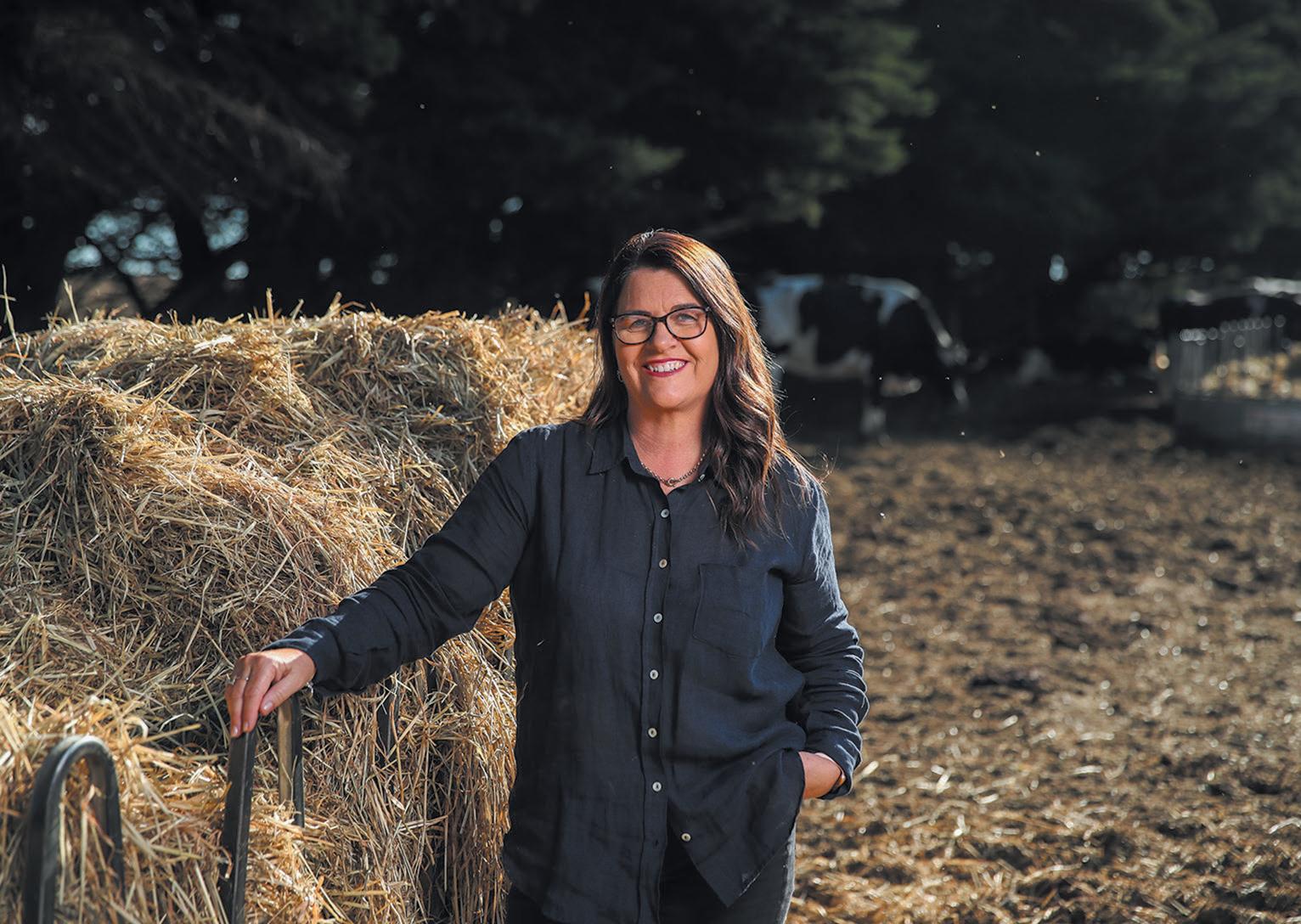
A visiting American veterinarian is encouraging Australian dairy farmers to rethink their calf feeding regime.
Dr Liz Cox, who oversees agricultural animal care in California, says that feeding more to calves earlier, basing their feed on dry matter solids instead of litres and using a stepdown approach to the milk-feeding program can lead to long-term health and production benefits.
She has also encouraged Australian farmers to feed the first lot of colostrum to calves within six hours of birth.
Dr Cox, who has been hosted in Australia by ProviCo, has met farmers, suppliers and veterinarians in New South Wales and Victoria to stress the importance of feeding calves early and well.
“Research shows that as we feed calves more, we improve health and gains and we help them to reach the producer’s goal of having a healthy cow that makes more milk,” she said.
Dr Cox oversees the animal care program for California’s Department of Food and Agriculture and also consults nationally with Calf Compas and around the world on calf nutrition and health. Her previous work within the industry included Merck Animal Health (MSD in Australia) and Purina Land O’Lakes.
This was her second visit to Australia and included a forum on calf nutrition with farmer suppliers at ProviCo’s Dennington milk processing facility. During her week in Australia, she also met with farmers and veterinarians in New South Wales and Victoria to teach about thoracic ultrasonography of calves.
Dr Cox said farmers should aim to get the first feed of colostrum into calves within six hours of birth to improve immunity and reduce the risk of disease.
“If you can’t do that, ensure you feed the colostrum as soon as you’re able due to drop off of the efficacy in the immunity response,” she said.
Dr Cox said farmers should monitor the colostrum program by testing it and consider enriching lower quality colostrum by using a colostrum enhancer. “You need to ensure the colostrum is greater than 22 per cent on the Brix reading,” she said.
Farmers should also assess overall colostrum by taking a blood sample from calves 48 to 72 hours after they are born. “Vets can test the sample for total serum protein which gives an estimate of how well your system is working for feeding colostrum,” Dr Cox said.
After colostrum when moving calves over to milk, Dr Cox said farmers need to feed 1.5 to 2 per cent of body weight at kilograms of dry matter of milk solids – and not just think in litres.
“Most farmers will be thinking in litres that they feed to their calves, but because we can add powder to vat milk or we can feed milk re-
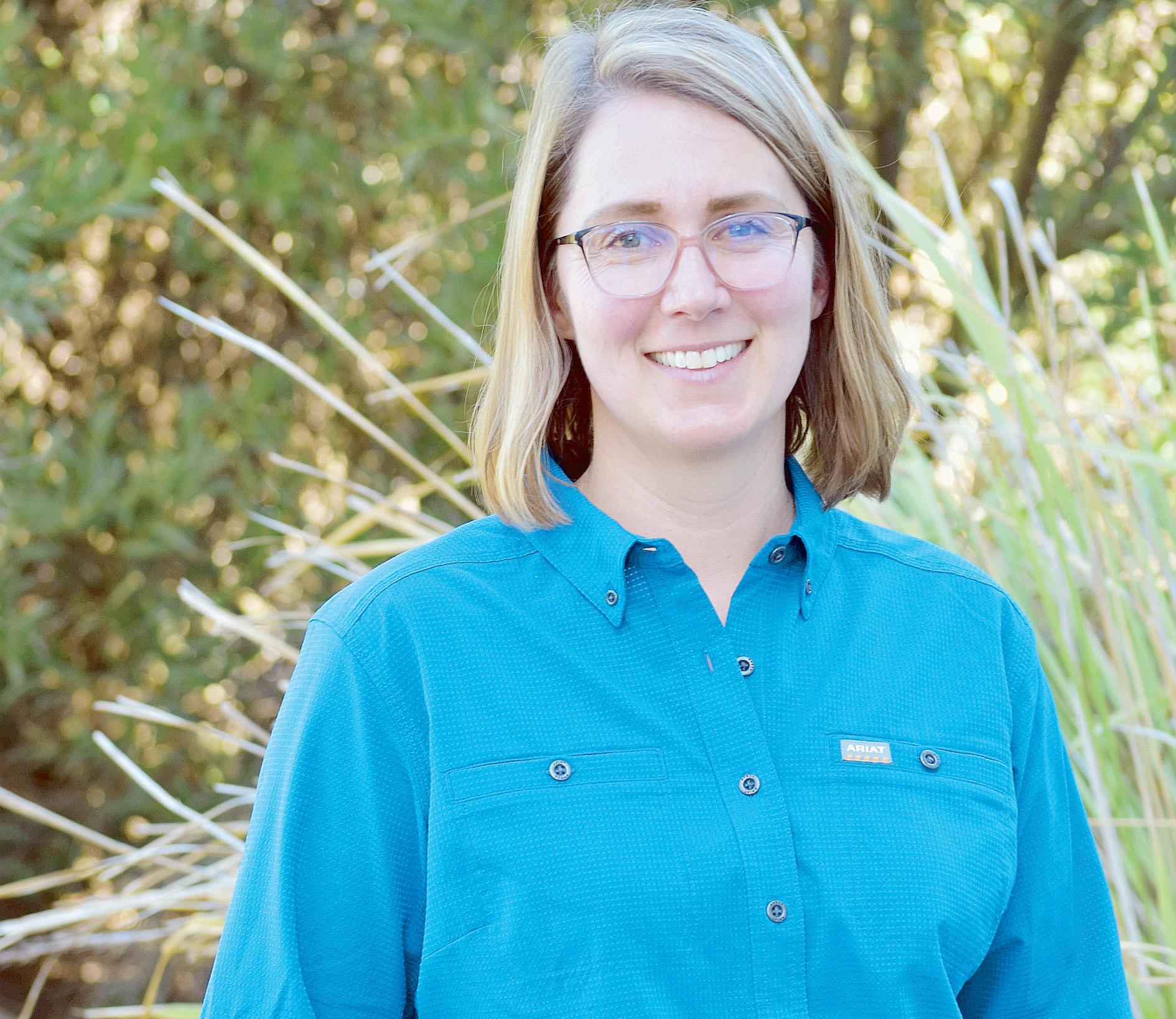
placer at different total solids, we can change the energy density of the milk.
“People traditionally thought in volume because they were feeding milk from the vat to calves,” she said. “Now we can feed milk replacer or milk that has powder added to it so you can’t just think in litres, you have to think in dry matter because it can be a different amount.
“The important thing is how many grams of dry matter fed to calves, which is the same way you would think about how you feed your cows. Remember that the preweaning period has lifelong effects on her health and production.”
At the Dennington forum, Dr Cox said
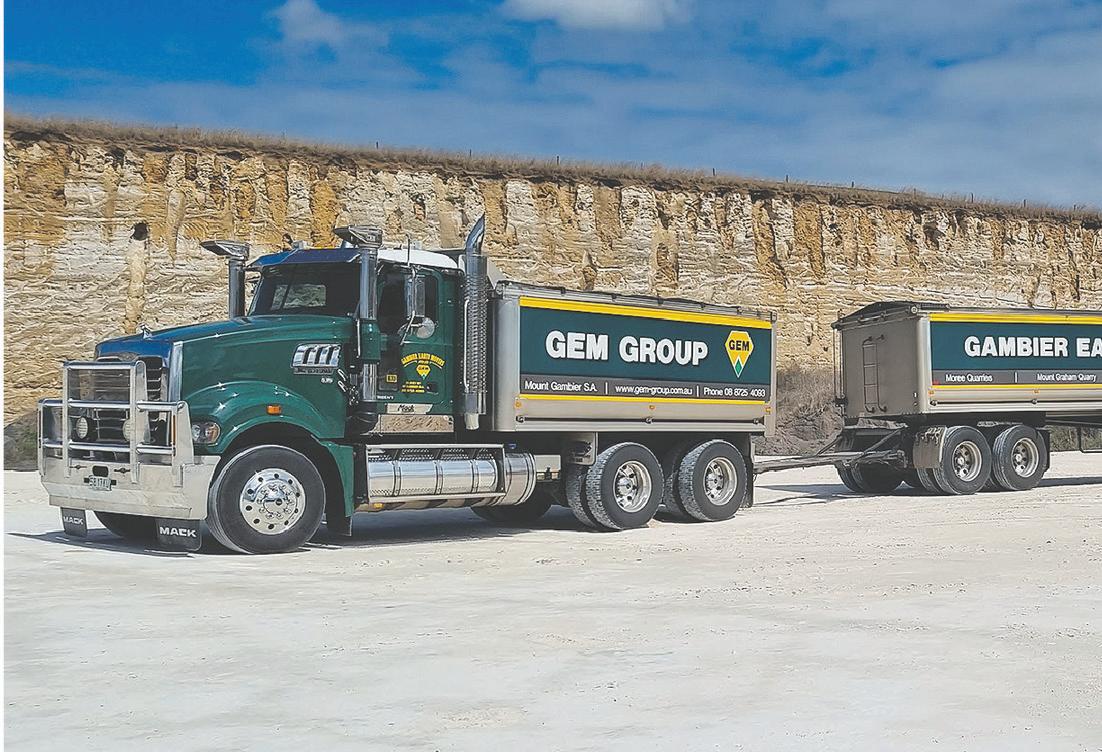
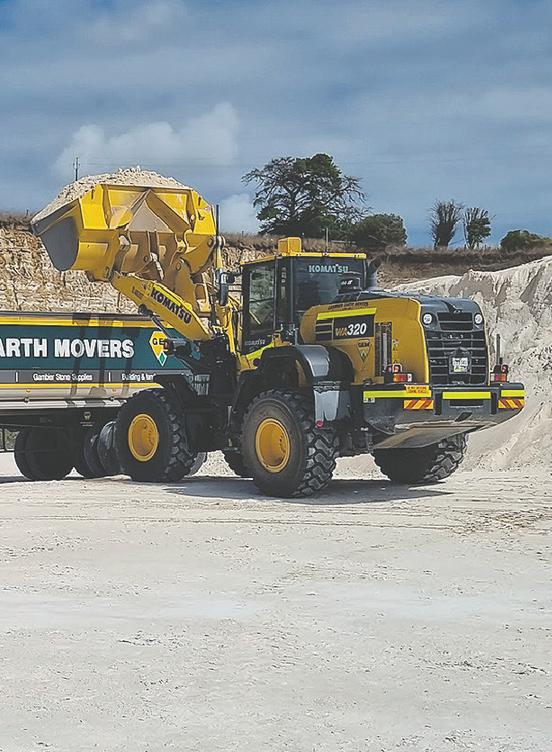


farmers could increase the volume of feed or the number of times they fed their calves each day, but she stressed that consistent feeding routines were vitally important.
She also said there was a limit to how much dry matter feed could be safely consumed by calves, and warned that calves were susceptible to cold stress. “I advocate twice a day feeding to minimise stresses and while there are ways such as shelters or jackets to protect them from cold stress, the way we feed them can also help.”
Dr Cox recommended a step-down approach to the milk-feeding program to promote earlier transition to starter feed.
“Increased feeding of milk solids early in
life, grows a larger calf who is then able to eat more starter feed during the steps down in milk offered,” she said.
“Pre-weaning average daily gain above 0.5 kg/d can enhance the first lactation performance of heifers. The best indicator that she is ready to wean is consuming 2kg of starter feed daily.”
Dr Cox’s visit to Australia included seven forums at Dennington and Allansford in South West Victoria, Echuca and NSW and Tasmania.
* ProviCo Group was established in 1999 and manufactures functional dairy ingredients and specialised dairy nutrition products that are supplied into the domestic and international markets.
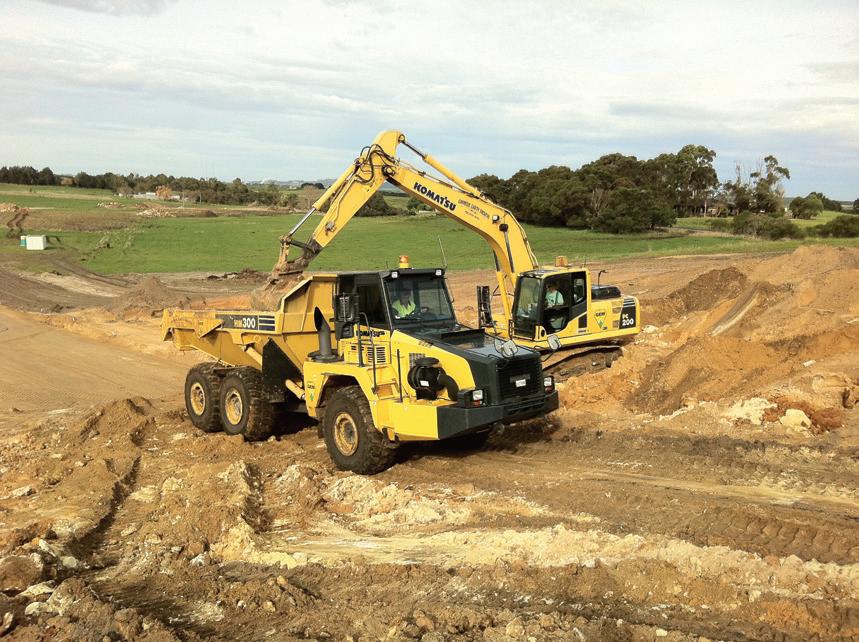
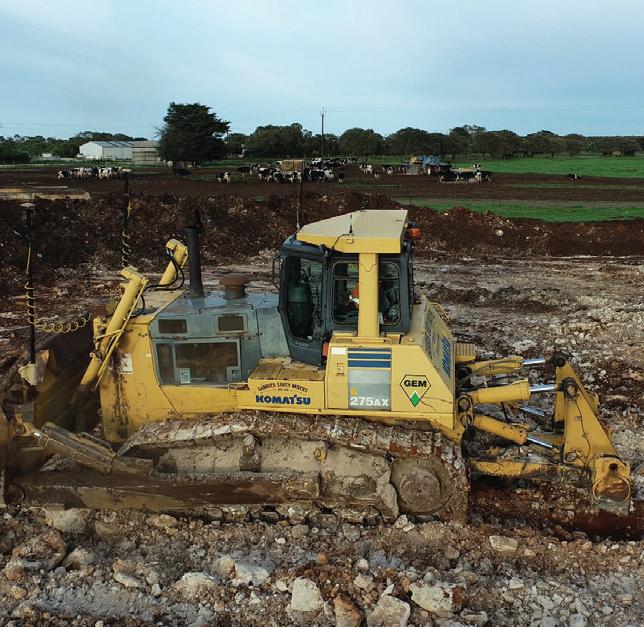

SPORT stars may be reaching for wool for their endeavours, as new research demonstrated the dynamic breathability of merino wool.
Major research commissioned by Australian Wool Innovation revealed 100 per cent Merino wool base-layer garments deliver superior thermal comfort and performance benefits during dynamic stop-go sports like cycling, rock climbing, hiking and golf.
The concept, known as dynamic breathability, reflects how well a Merino wool garment adapts to changing conditions: managing heat and moisture when the body is working hard, and preserving warmth when activity slows or stops.
Unlike traditional synthetic performance wear, Merino wool maintains thermal equilibrium during both exertion and rest. This means wearers can avoid the negative skin sensation known as after-chill so commonly
experienced in outdoor sports, and instead can be assisted in conserving energy and maintaining comfort when it matters most.
With the human body continuously working to maintain 35OC skin temperature throughout stop-go sports, less work is needed in wool.
This breakthrough positions Merino wool as the natural performance fibre - no longer anchored by anecdotes, but by thorough science.
Australian Wool Innovation chief executive officer John Roberts said it was about the ongoing transition from activity to recovery.
“With wool’s structure designed by nature to enhance wearer performance, it responds in real time to changing physiological needs,” he said.
“It automatically keeps athletes close to their comfort zone, allowing 100 per cent focus
on the challenge - especially in unpredictable and high-output activities, such as cycling or rock climbing, where a base layer is often all they wear.
The research has already sparked interest from leading sportswear brands, seeking apparel designs that enhance wearer performance.
Wool’s ability to regulate the microclimate next to the skin, especially during fluctuating humidity and temperature, also contributes to improved comfort: test participants and the new test method confirmed that only wool maintained comfort throughout the sport.
“What this study shows is what athletes have been telling us anecdotally for years: that wool breathes, buffers and performs better across a range of real-world conditions,” says Roberts.
The findings
Human trials in a climate- controlled chamber found all fibres performed similarly during the activity phase, but only wool performed well across both activity and rest phases.
• Merino wool’s unique dual-layer - hydrophobic outside and hydrophilic inside - absorbed up to one third of its weight in moisture vapour without feeling wet, enabling efficient moisture transport and stabilising next to skin microclimate.
Testing showed Merino wool keeps the microclimate - critical layer between garment and skin - steadier during repeated stop-go activity, reducing the body’s effort to stay comfortable.
MEAT & Livestock Australia’s (MLA) flagship event, MLA Updates, will be hosted in Adelaide, South Australia, from 19–20 November 2025.
Last year’s MLA Updates event in Perth attracted more than 350 attendees to hear from over a dozen speakers who shared insights about how about MLA’s investments in research, development and marketing can add value to their red meat and livestock businesses.
This year’s event is promising to be even bigger and will also provide insight into the first year of action within MLA’s new fiveyear Strategic Plan, explaining how MLA will deliver practical outcomes that improve producers’ productivity, profitability and sustainability.
MLA Managing Director, Michael Crowley said this year, they were holding MLA Updates in Adelaide.
“We’ll be providing insights and highlights from the work we are currently investing in as well as highlighting the areas of focus that will deliver tangible outcomes and impact over the next five-year period,” he said.
“This year’s theme is Towards 2030: Driving prosperity through productivity, sustainability and value capture. We’d encourage all interested to explore how MLA is driving demand and working with producers to guide the future of the industry.
“Our presenters will cover practical advice for producers to deal with current challenges, capture opportunities and plan for future prosperity.”
MLA will open the event in collaboration with Livestock SA and the University of Adelaide on November 19.
It will include a field trip and lunch at the University of Adelaide’s Roseworthy campus that will showcase new sheep and cattle yards, projects on drought resilience and livestock wellbeing, alternative shearing technology, and a range of MLA Donor Company projects.
It will be followed by the Livestock SA Annual General Meeting (AGM), welcome drinks hosted by MLA and the annual Livestock SA industry dinner in the evening that will also be open to anyone attending the MLA Updates.
MLA Updates will kick off on 20 November, commencing with a forum on key indus-
try issues with Red Meat Advisory Council members. Following that, attendees will visit a range of showcases and practical demonstrations from MLA’s Research Development and Adoption, Marketing, and Integrity Systems Company teams.
The day will also feature presentations and panel sessions with industry leaders and will conclude with MLA’s Annual General Meeting and a networking sundowner.
Producers and industry stakeholders are encouraged to mark the dates in calendars and keep an eye out for more detail on the event later this year.
To register attendance, visit updates.mla. com.au



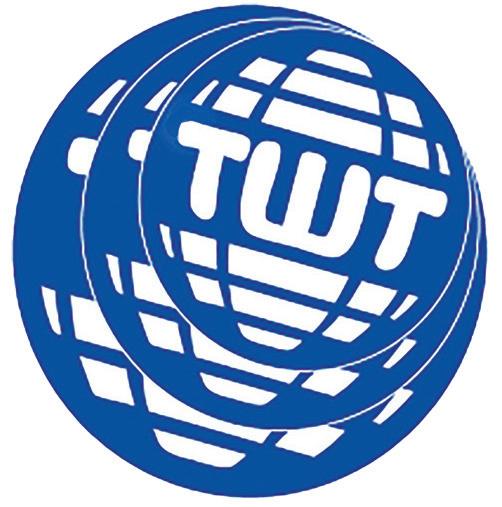

AN annual survey, done by a leading agricultural industry body, shows costs are the biggest challenge facing the grain industry.
South Australian growers participated in a survey by Grain Producers SA’s (GPSA), which revealed operating costs such as inputs and insurance premiums were the biggest challenges in running a grain business.
95 per cent of respondents reporting their 2024 harvest was lower than the previous year - and more than one in three growers saying they need financial assistance to navigate the ongoing drought.
GPSA chief executive officer Brad Perry said the survey showed that 2024 was one of the most challenging seasons in living memory on several fronts.
“Between poor rainfall, damaging frosts and rising operating costs, the strain on grain producers in 2024 was immense and has continued into 2025,” Mr Perry said.
Frost compounded the damage for many, with 57 per cent of respondents reporting frost impacts -some describing it as one of the worst frost events in decades.
At the same time, 85 per cent of growers said their farm insurance premiums had increased significantly, further stretching farm budgets already under significant pressure.
“Seven per cent of survey respondents told us they didn’t harvest a crop at all in 2024, and 68 per cent said their yields were down by 25 per cent or more with drought and frost impacting hard,” Mr Perry said.
Despite the challenges facing grain producers, after the 2024 season, 63 per cent said they were still positive in some way about the future of the industry, dropping from 82 per cent in
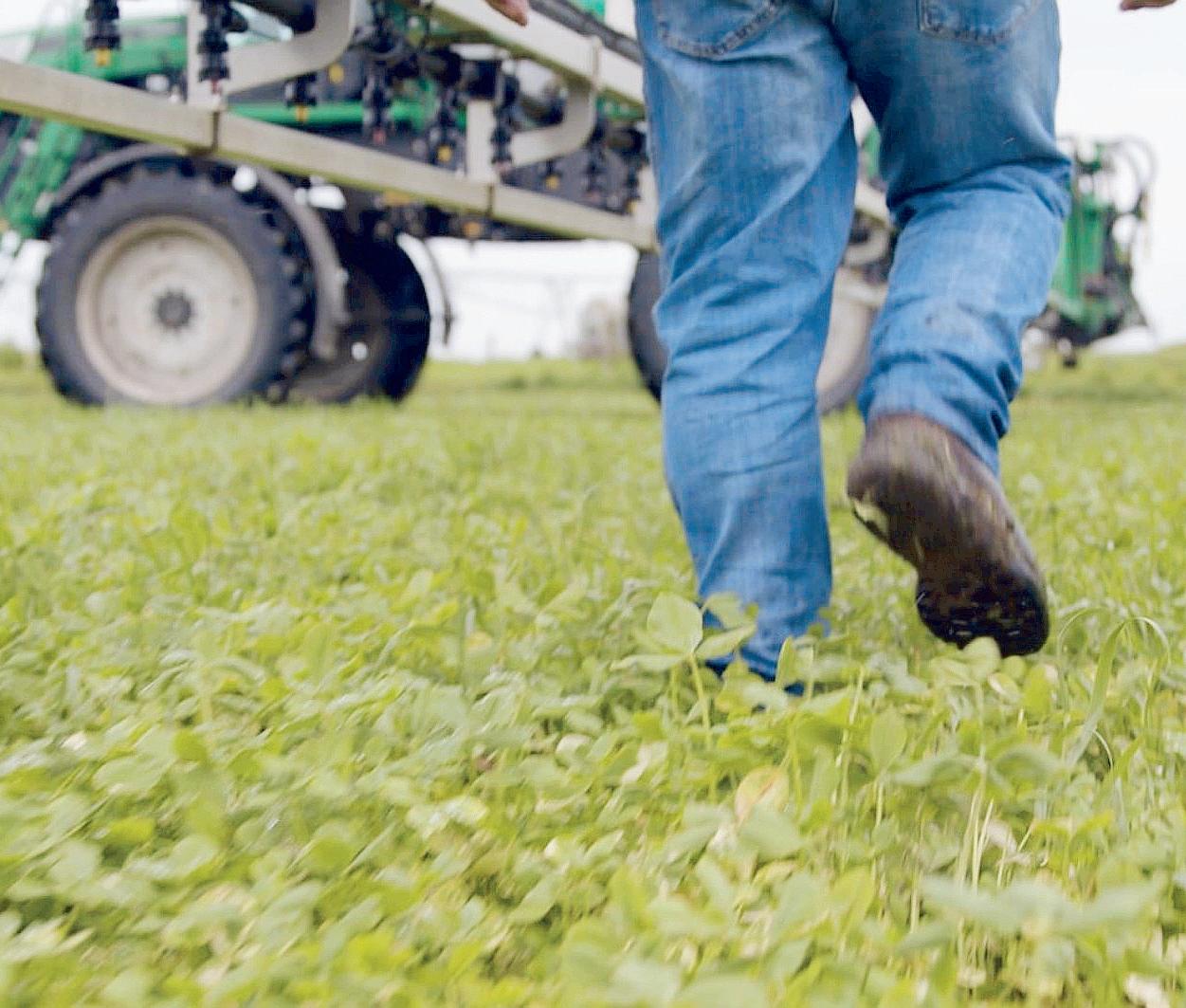
Costs are the biggest challenge facing the grain industry., a new survey has revealed.
2022 and 76 per cent in 2023. Almost 80 per cent of growers in the 2024 survey said they were still running profitable or sustainable businesses.
“Growers are doing everything they can to manage the conditions in front of them, but
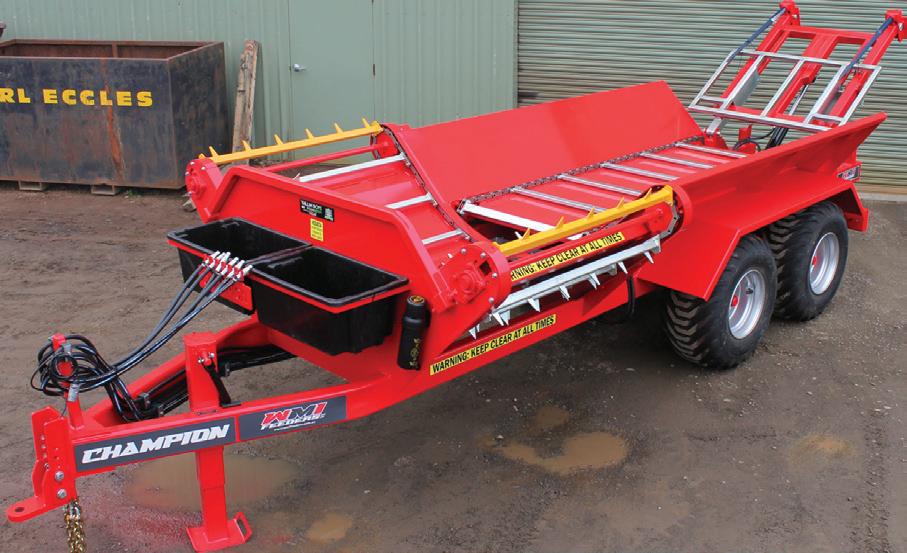

our survey showed the breadth of the challenges they faced after one year of a statewide drought,” Mr Perry said.
The 2024 GPSA Annual Grain Producer Survey was conducted between November 2024 and February 2025.
Key findings from the survey include:
• 95 per cent of growers said their
33 per cent said yields were up to 75 per cent
• 7 per cent reported they didn’t harvest at all 56 per cent identified crop losses as the most significant challenge during the drought
• 22 per cent of grain farms in SA are run by sole operators
44 per cent of grain planted by SA growers responding to the survey in 2024 was wheat, followed by barley (20 per cent) and lentils (16 per cent)
• 44 per cent surveyed indicated they were going through succession
• 79 per cent were running a profitable grain business in 2024
42 per cent of growers have used the ISCC system for exporting grain to Europe 84 per cent indicate spray drift is an important consideration
• 67per cent said snails was the most common pest they dealt with in 2024
• 48 per cent reported the 3G network switch-off had impacted on-farm connectivity.
Grain producers also made clear what they want the focus to be on going forward:
62 per cent identified operating costs (eg inputs) as the top policy priority
• 54 per cent want action on roads and reducing red tape
• 36 per cent are looking for greater promotion of agriculture in metropolitan areas
34 per cent believe chemical access should be a priority
Nearly 70 per cent want the Grains Research and Development Corporation (GRDC) to prioritise research into new pest and weed control strategies.

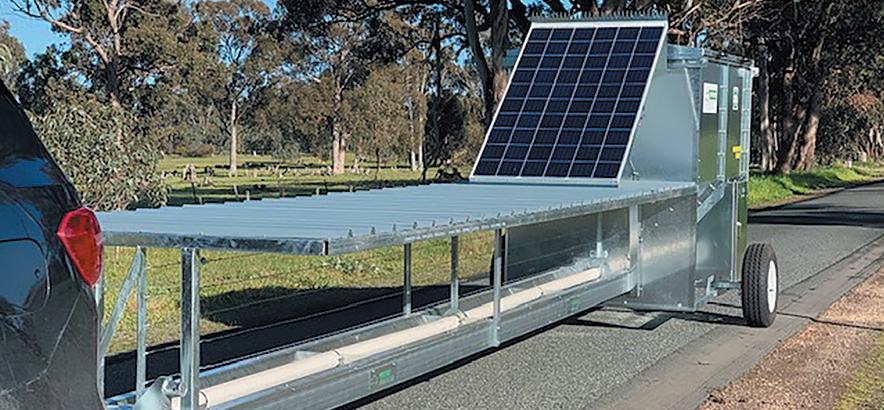
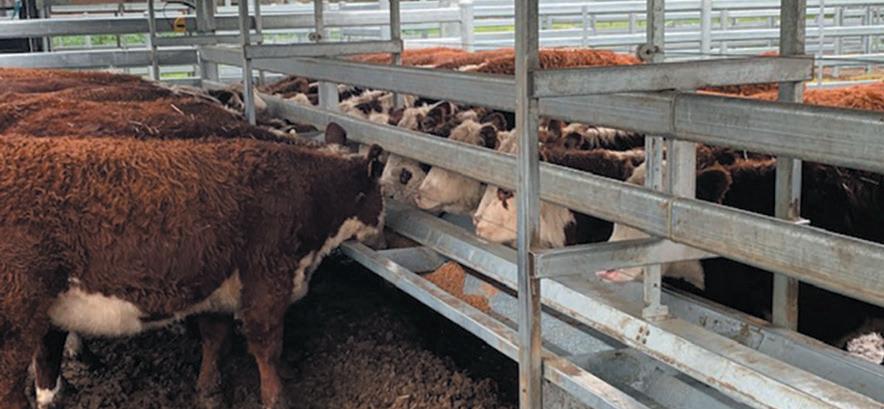
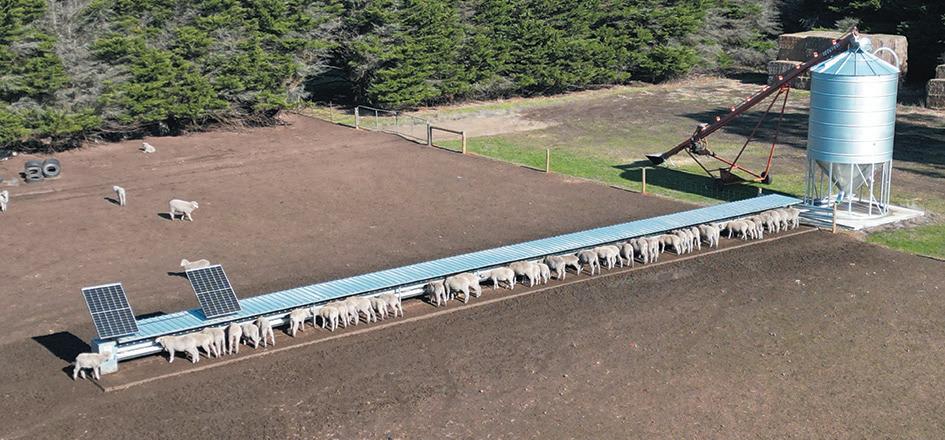
THE latest Sheep Producers Intentions Survey (SPIS), conducted by Meat & Livestock Australia (MLA) and Australian Wool Innovation (AWI), reveals a significant shift in producer sentiment and flock management strategies across the nation.
This shift is being driven by volatile market conditions, extreme weather events, and regulatory changes, most notably the planned phase-out of live sheep exports.
The survey, which gathered responses from 2,374 producers across Australia in May 2025, shows a net sentiment score of +52 for the sheepmeat industry, up 48 points from the same time last year.
This marks the first time since October 2022 that all states, including Western Australia, have reported positive or neutral sentiment. Western Australia, which had a net sentiment of -64 in May 2024, has now reached neutral ground at 0 net sentiment. Other states’ levels include:
• New South Wales: +60
• Victoria: +58
• South Australia: +56
• Tasmania: +55
• Queensland: +53
Western Australia = 0
MLA’s Senior Market Information Analyst Erin Lukey said the strong sentiment among sheepmeat producers was closely tied to improved prices across the country.
“Prices have risen significantly, particularly for finished lambs, which has buoyed confidence even as producers face tough seasonal and regulatory conditions,” Ms Lukey said.
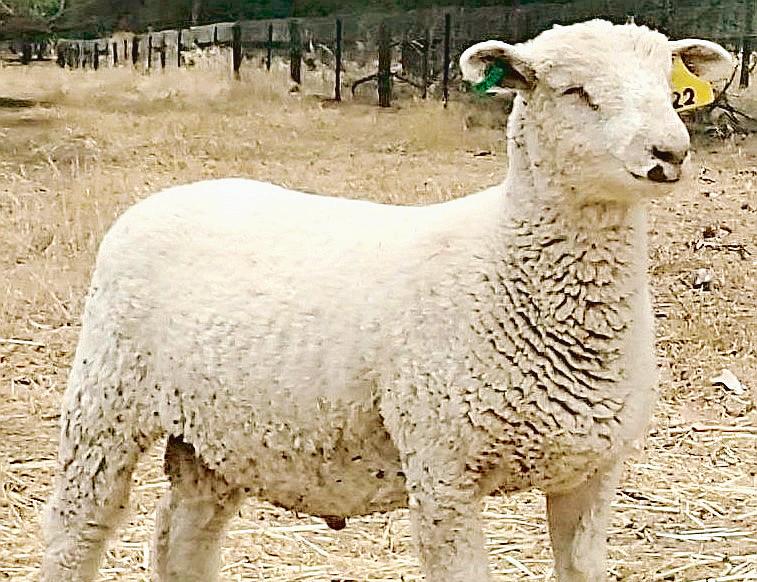
“This is especially the case in Western Australia, where the rebound in sentiment has been most pronounced.”
Despite the optimism, producers continue to navigate a range of challenges.
“Drought in the south and flooding in the north are making it more difficult and expensive to maintain large flocks,” Ms Lukey said.
“Weather remains the most cited factor
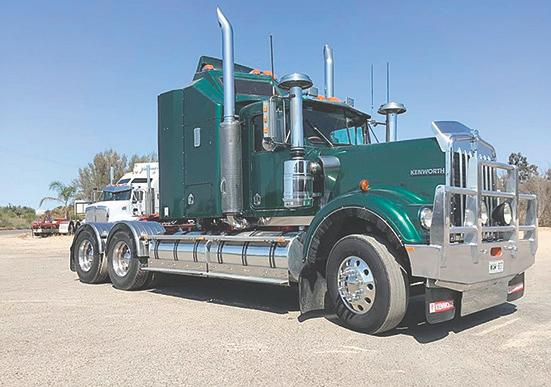
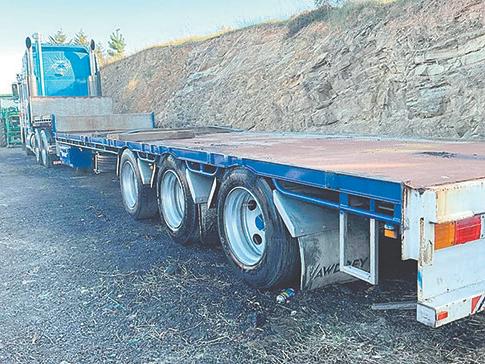
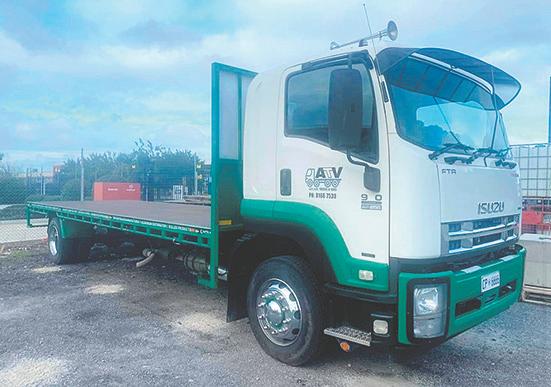

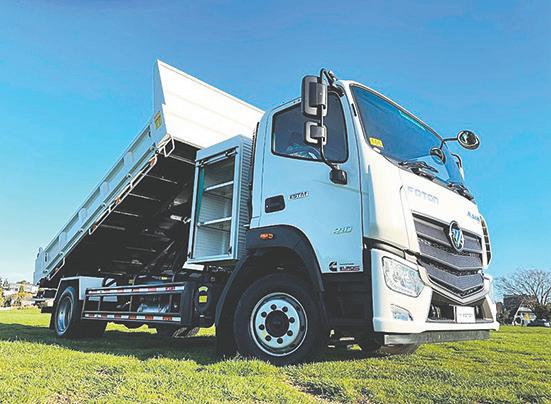
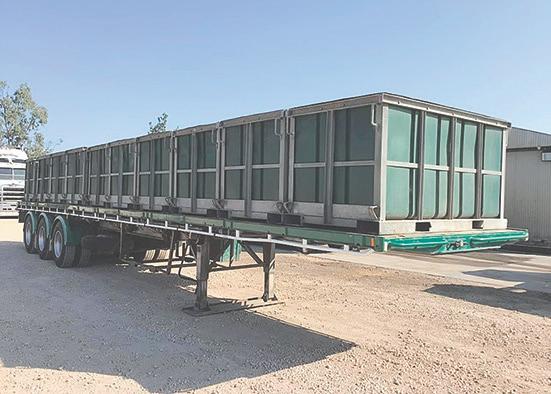
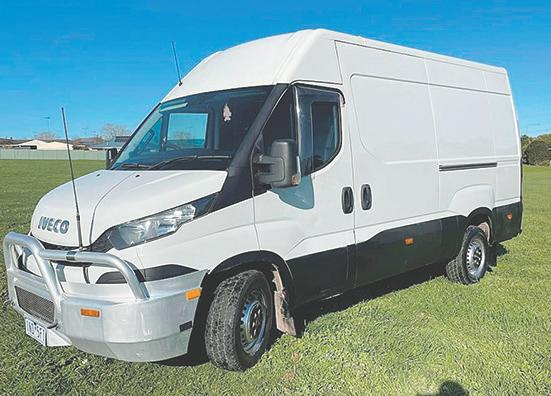
influencing on-farm decisions, with significant drought in South Australia, Victoria and southern New South Wales reducing pasture availability and increasing feed costs.”
The survey forecasts a 9 per cent reduction in the national breeding ewe flock, from 48.88 million in 2025 to 44.34 million in 2026, and an
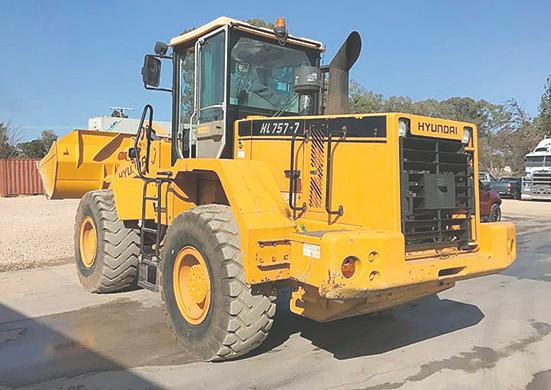
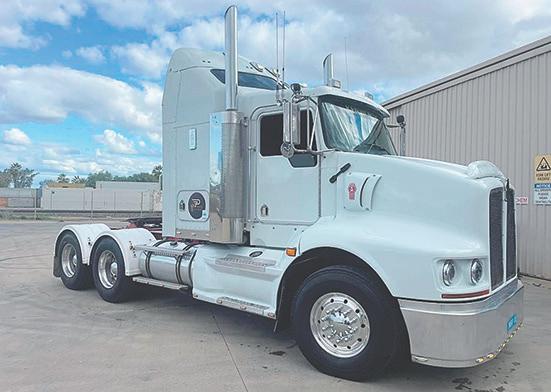
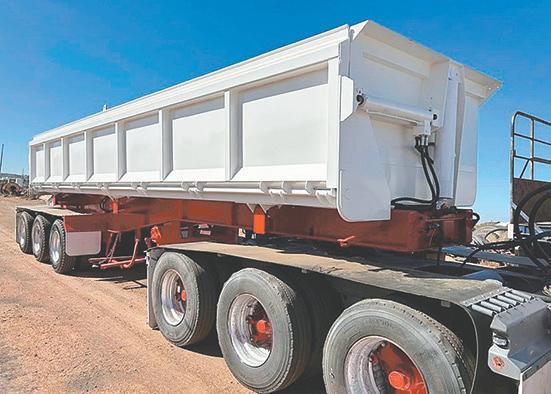

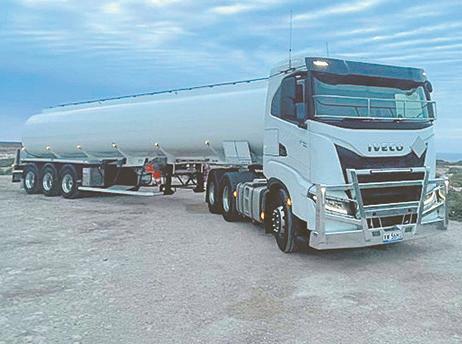
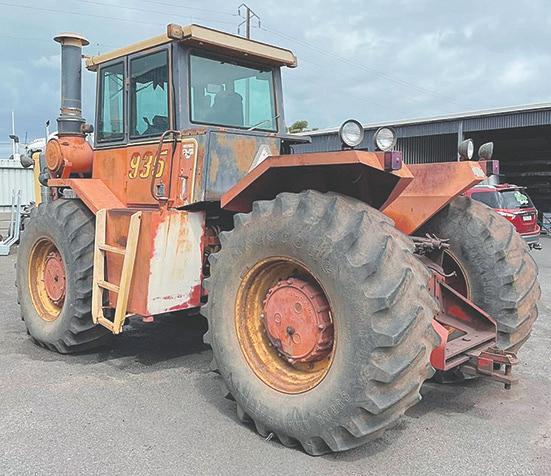
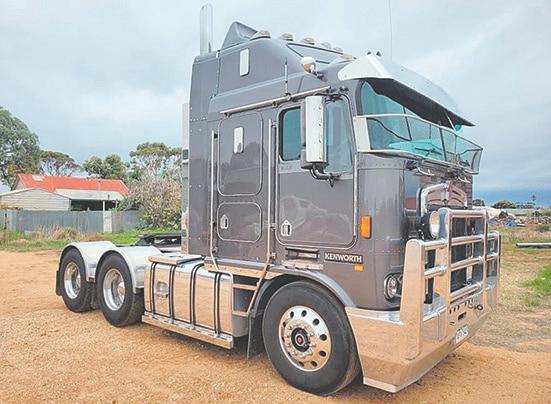
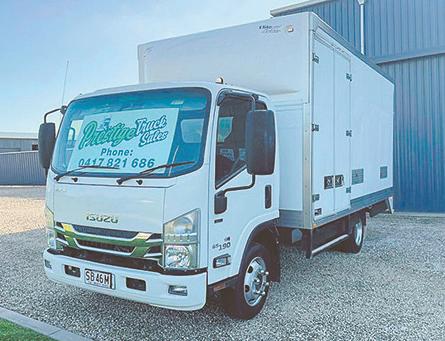
11 per cent decline in the wether flock, from 7.67 million to 6.85 million.
These reductions are being driven by strategic downsizing and environmental pressures.
“In Western Australia alone, the breeding ewe flock is forecast to fall by 19 per cent, with 58 per cent of producers in the state planning to reduce numbers,” Ms Lukey said.
“Many producers are taking a more conservative approach. Nationally, 41 per cent of surveyed producers said they will reduce their breeding ewe flock, and 26 per cent plan to reduce their wether numbers.”
The survey also explored the broader factors influencing on-farm decisions.
“Input costs, labour availability, and regulatory pressures, particularly the live sheep export phase-out, are weighing heavily on producers’ minds,” Ms Lukey said.
“While producers in Western Australia are wary of investing in flock growth amid uncertainty about future market access, others are adjusting breeding strategies or retaining more replacement ewes to adapt to changing conditions.”
Despite these challenges, the resilience of the industry remains evident.
“Producers are adapting. Whether it’s retaining more replacement ewes, adjusting breeding strategies, or responding to market demand, the sector continues to evolve,” Ms Lukey said
The SPIS is a critical tool for industry planning, providing valuable insights for producers, processors, and policymakers alike.
“This data helps us understand where the industry is heading and how we can support producers through change.”

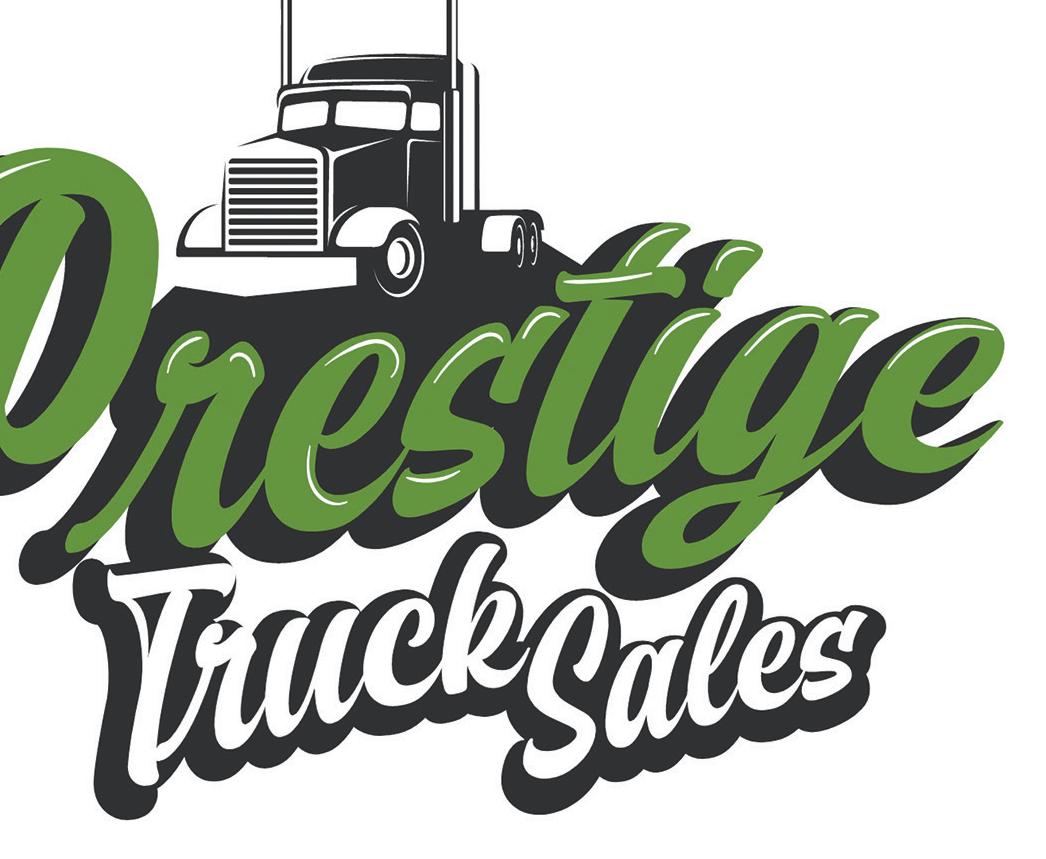
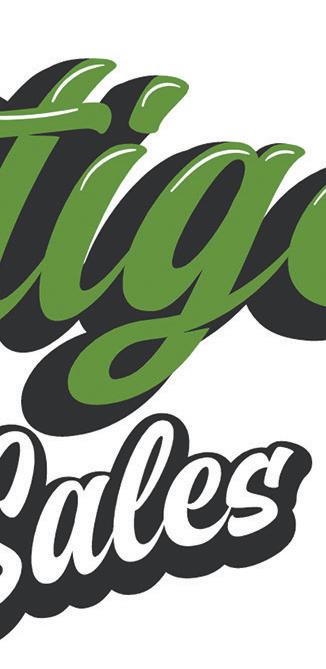

THE global poultry industry has seen a relatively strong start to the year, sustained by rising animal protein prices and lower feed costs compared to last year.
However, recent developments, including the announced (and postponed) US import tariffs, bird flu outbreaks in key regions, and the Israel-Iran conflict, are introducing significant uncertainty.
According to RaboResearch’s latest animal protein report, these factors are poised to impact global trade and market dynamics substantially.
Despite strong fundamentals for the global poultry market, supported by high beef and egg prices and stable feed costs, geopolitical tensions are weighing on the global economy.
The IMF has downgraded its global GDP growth forecast by 0.5 per cent.
This uncertain economic environment, coupled with avian flu outbreaks, is affecting poultry market stability.
“We have adjusted our global production forecast for 2025 from 2.5 per cent - 3 per cent growth to 2 per cent - 2.5 per cent growth, with potential further reductions if the conflict escalates,” said Nan-Dirk Mulder, Senior Analyst –Animal Protein with RaboResearch.
“While global markets are expected to remain resilient, regional variations are likely, influenced by geopolitical events, their economic repercussions, and the evolving bird flu situation.”
Potential trade war and escalation of the Israel-Iran war would have economic repercussions The United States’ imposition and subsequent postponement of significant import tariffs in April have left the possibility of a


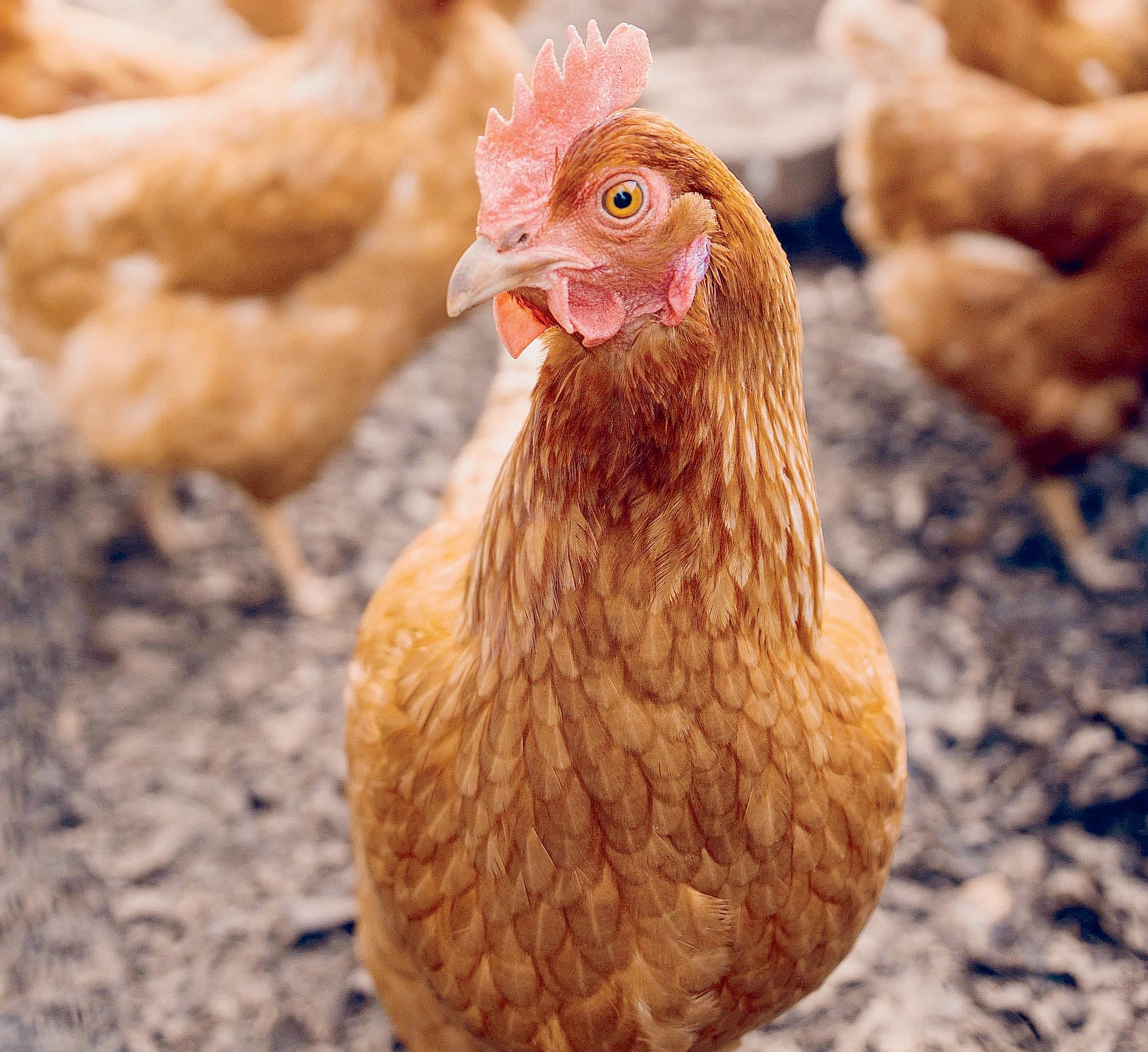
trade war looming. Should trade agreements be reached, the US poultry sector could expand its market access, potentially disadvantaging local
FRIDAY 8TH AUGUST @ 1:00PM

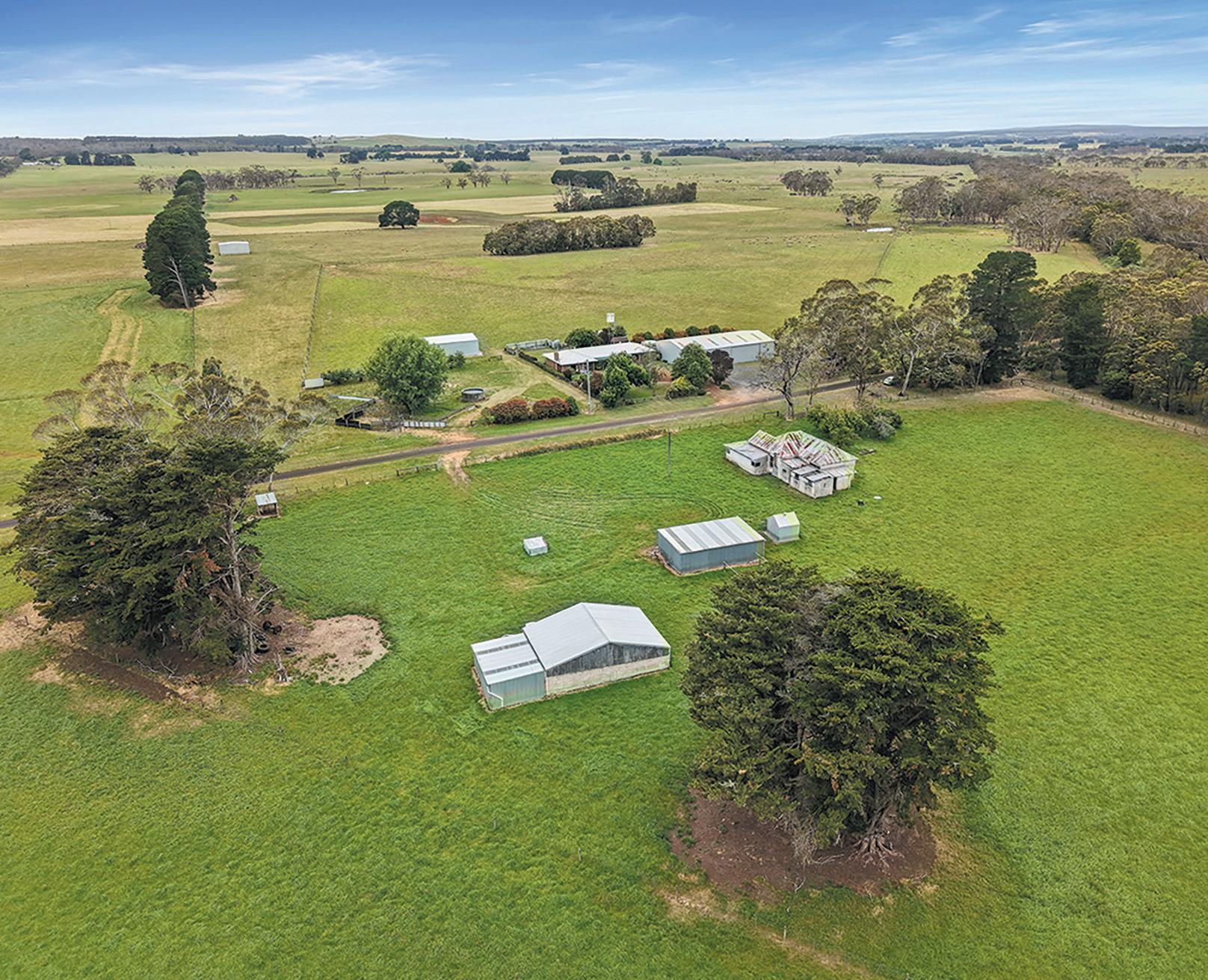
PRIME FARMING OPPORTUNITY WITH RELIABLE RAINFALL
35 Sinclair Siding Road, Drumborg VIC 3304
• Approx 74.28 Ha / 183.54 Ac
• 3 bedroom brick veneer home
• 10 paddocks + 2 holding paddocks
• Combined sheep & cattle yards
• 5 dams, 1 bore, 3 large machinery sheds, 1 hayshed, 1 workshop
producers or competing exporters.
Conversely, a prolonged trade war could restrict US access, benefiting other exporters like
Brazil, Thailand, Russia, and the EU.
Both scenarios carry economic implications, with a trade war potentially leading to price inflation, particularly affecting economies with the highest tariffs, notably in Asia and Africa, and indirectly influencing poultry markets.
Additionally, the global feed ingredient market’s reliance on a few countries could lead to short-term volatility and a heightened focus on resource security in the long term.
The development of the Israel-Iran war could affect global economic growth and the chicken industry. The Middle East is a significant import market for poultry, and an escalation of the conflict may affect global trade.
Brazil, and to a lesser extent the US, Turkey, and Ukraine, are major exporters to the Middle East.
Increasing conflict could heavily affect their exports, in addition to any impacts on local industries.
Global poultry trade reached historic highs in the first quarter of 2025.
But bird flu outbreaks, along with potential tariff impacts and geopolitical developments, including the Israel-Iran conflict, are likely to disrupt trade dynamics.
“The Brazilian bird flu outbreak in May has significantly affected global trade, with 40 per cent of Brazilian exports blocked by major importers.”
“The hatching egg trade is also severely impacted by outbreaks in Europe, Brazil, the US, and previously in New Zealand,” says Mulder.
“We expect supply to remain tight, posing challenges for countries reliant on imported hatching eggs, particularly in the Middle East, Africa, and Latin America.”
AUCTION FRIDAY 8TH AUGUST @ 1:00PM

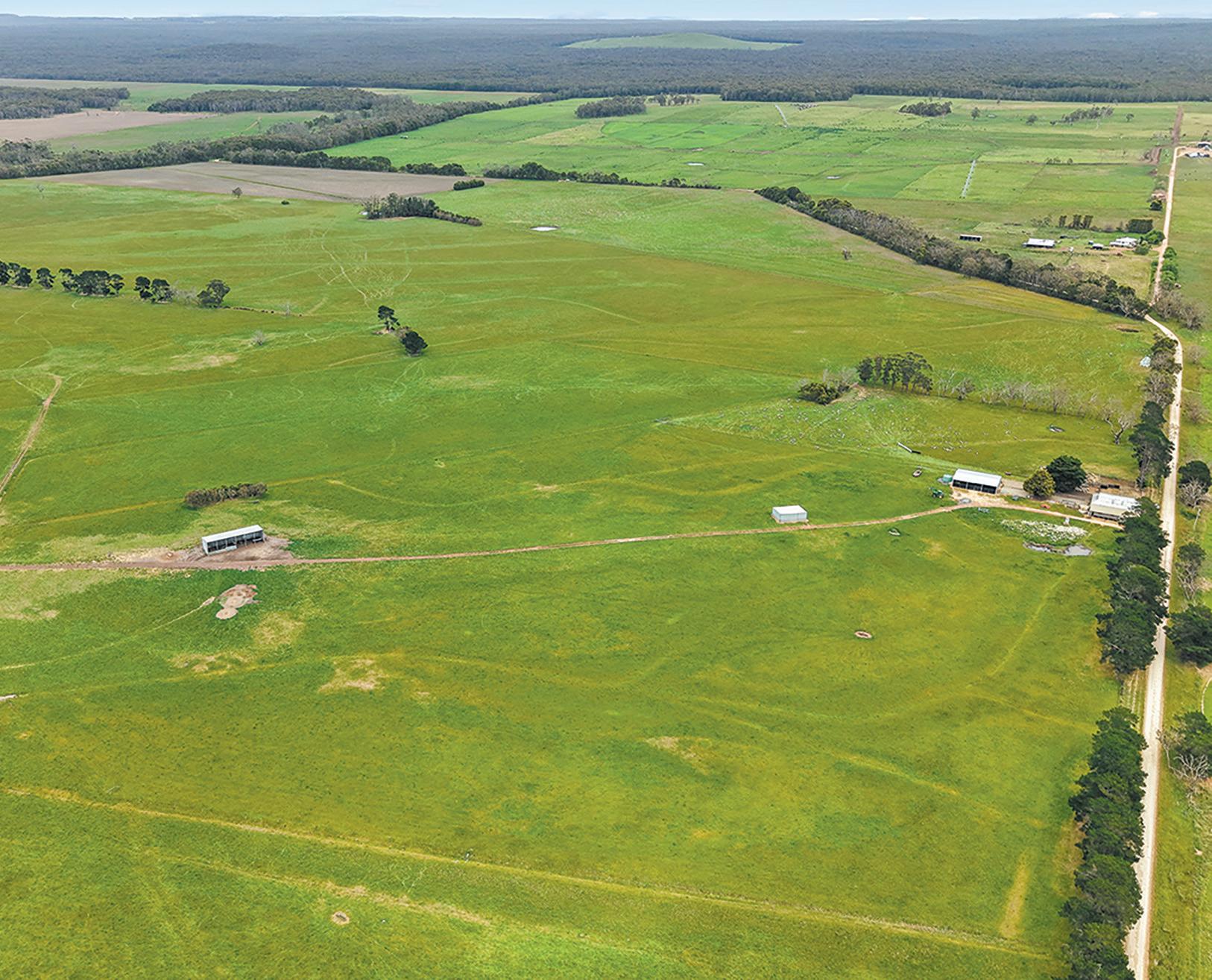
IN
AREA
Sinclair Settlement Road, Drumborg VIC 3304
• 580 Ac / 234.7 Ha
• 14 paddocks with 9 dams
• 14 troughs, 2 windmills with one electric pump servicing the property
• Two stand shearing shed, large and small machinery sheds and sheep / cattle yards
A South Australian government program to help landholders purchase essential firefighting equipment has been expanded, with more support available and community water tanks included for the first time to protect lives and property.
Opening today, the latest round of Farm Firefighting Unit (FFU) grants enables farmers to buy equipment they need to safely respond to fire emergencies and help keep their communities safe.
The program – reinstated under a $2 million election commitment – has supported more than 650 farmers across the past three rounds, funding around 1,300 individual pieces of equipment in dozens of local council areas.
In 2025-26, items for Farm Firefighting Units will receive funding from $300 to $5,000 –a significant increase on previous’ rounds cap of $3,000.
Eligible items in this category include FFUs, water pumps for use on vehicle, first aid kits, UHF radios, fire blankets, heat shields and personal protective equipment.
The fourth round will also allow landholders to purchase community firefighting water tanks for the first time – with grants up to $10,000 available.
Dedicated firefighting tanks will improve water access in more remote areas and boost community preparedness and resilience.
Tanks are required to have a minimum capacity of 22,000L, fire service fittings and other items such as stands and pipe fittings and be compliant with local council rules.
Successful applicants will have approved items – which must be new and fit for purpose – reimbursed in full or a portion of a purchase

across both categories.
The funding is on top of the Government’s additional investment into the CFS, including $5.9 million to improve structure fire training for volunteers, as well as a comprehensive $73 million drought package to support impacted communities.
For round four, consideration will be given to unsuccessful past applicants or those who did not apply in the first three rounds.
Previous recipients remain eligible.
Eligibility criteria includes farmers, farming businesses, rural landholders and rural community groups.
Once approved, successful applicants must ensure their FFU is registered with the CFS to receive reimbursement and notify the CFS of the new water tank location.
Recipients are encouraged to purchase equipment from their region to support the local community and economy.
For more information on how to apply and program guidelines, head to: cfs.sa.gov. au/plan-prepare/business-farms/farm-fireunits/.
Round four will close on Friday, August 8.
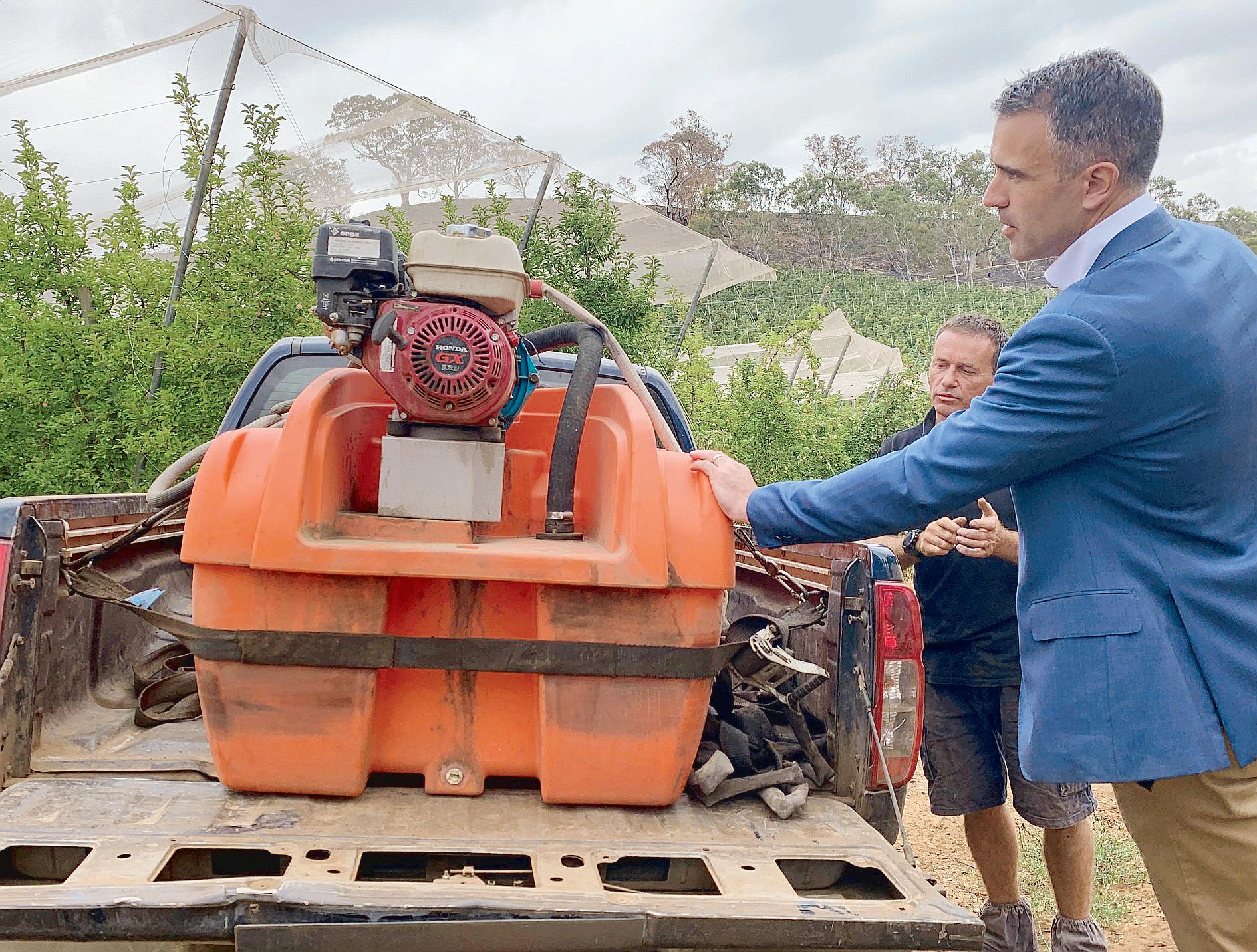
The latest round of FFU grants enables farmers to buy equipment they need in case of fire emergencies. (File).
FOR many South Australian farmers, firearms are an essential tool, whether it’s for pest control, managing livestock or maintaining biosecurity.
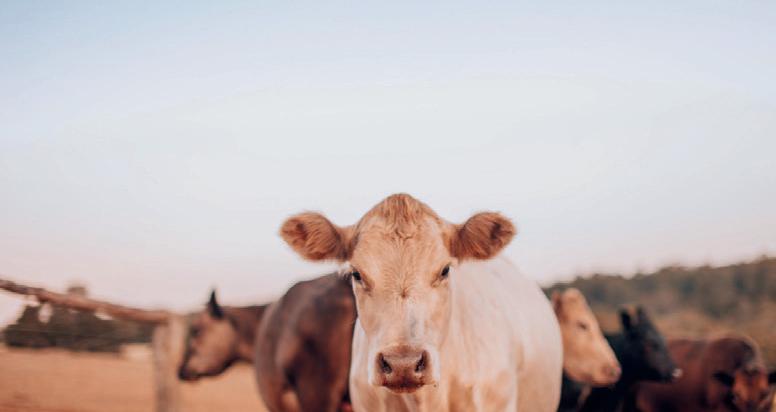
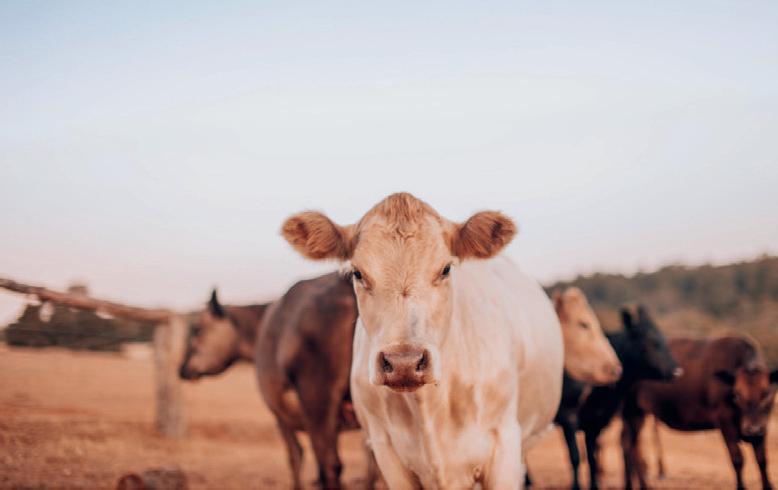

Would you like to advertise in the next edition of Agriculture Today and take advantage of our 36,000 readership?
We are currently taking bookings for our next edition. To secure your spot, please contact your local consultant.
Leesa Cook0427 718 172
Sierra Laird0438 593 449
Sandra Ryan0400 227 565
Jude MacKenzie0400 227 565
Christine Black08 8724 8172
Christine Cock0419 811 381
Josh Phelan08 8741 8173
advertising@agtoday.com.au
Don’t miss this opportunity to get your business in front of an engaged, local audience.
But with strict regulations in place under the Firearms Act 2015 (SA), it’s critical for farmers to understand their responsibilities to avoid unintentional breaches.
To get a firearms licence, applicants must be assessed as a “fit and proper person.”
This isn’t just about avoiding criminal convictions.
Authorities will also consider factors such as reputation, associations and past conduct.
Even if a person has no serious offences on record, other circumstances can still result in a licence being denied or revoked.
Licence holders also need to stay on top of storage and safety requirements.
Firearms and ammunition must be stored securely, and anyone handling firearms on the farm (including workers) must be properly trained.
These aren’t just legal requirements under firearms legislation.
They also tie into work health and safety laws.
If firearms aren’t handled or maintained safely, or if workers don’t have proper hearing protection, farm operators could be held responsible for breaches under the Work Health and Safety Act 2012 (SA).
Importantly, mental health plays a role too.
If there are concerns about a worker’s mental wellbeing, it’s vital that access to firearms is managed carefully. If a licence is cancelled or suspended, there are strict timeframes to lodge an appeal, usually through the South Australian Civil and Administrative Tribunal.
Farmers should also regularly check that their licence category still matches their farming needs and that it hasn’t lapsed.
Renewals can be overlooked (especially during busy seasons), and operating without a current licence can have serious consequences.
If you need assistance navigating firearm licensing, compliance issues or tribunal matters, Mellor Olsson’s experienced team can help. Call us on 08 8414 3400 for practical, rural-focused legal advice. Mellor Olsson.
